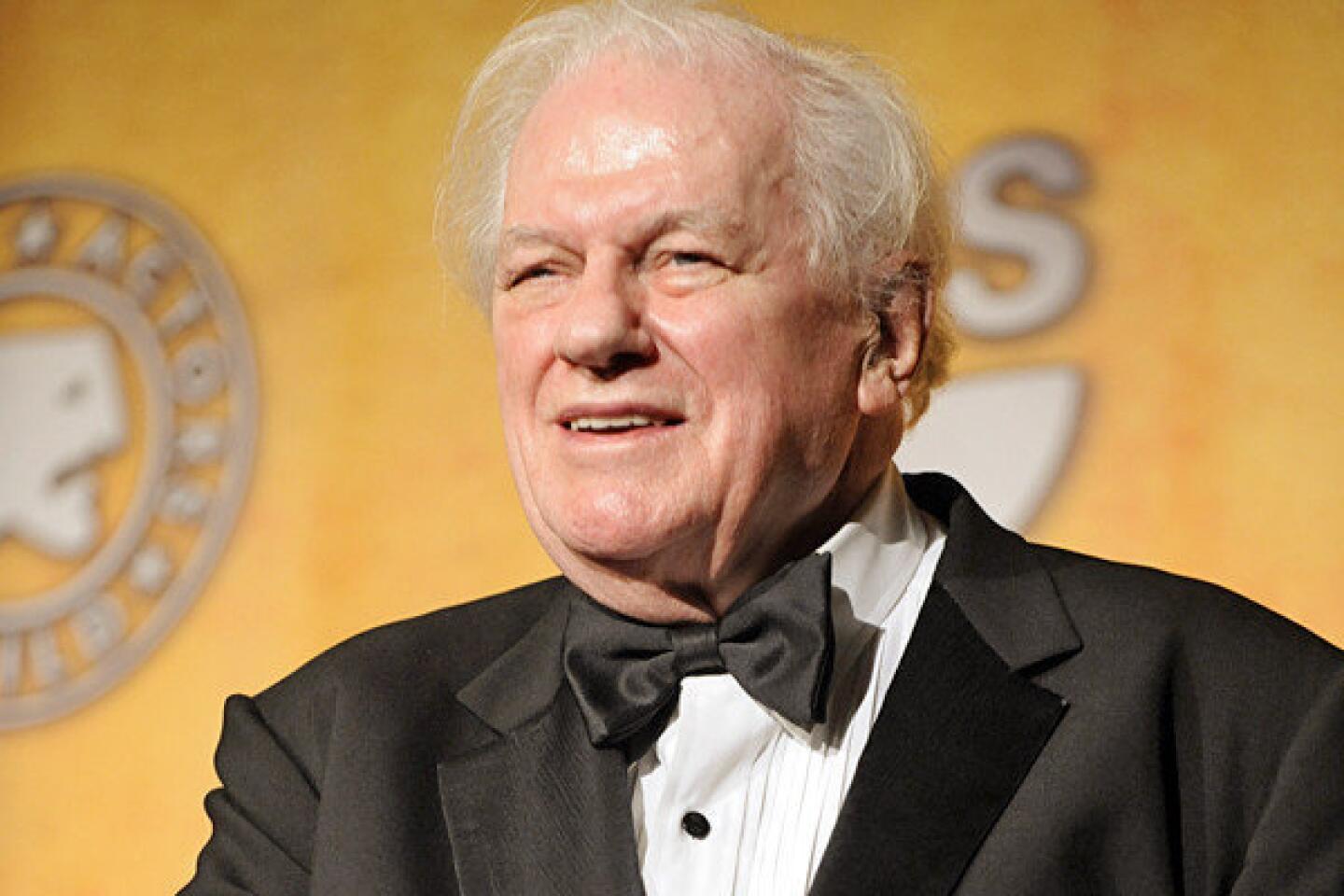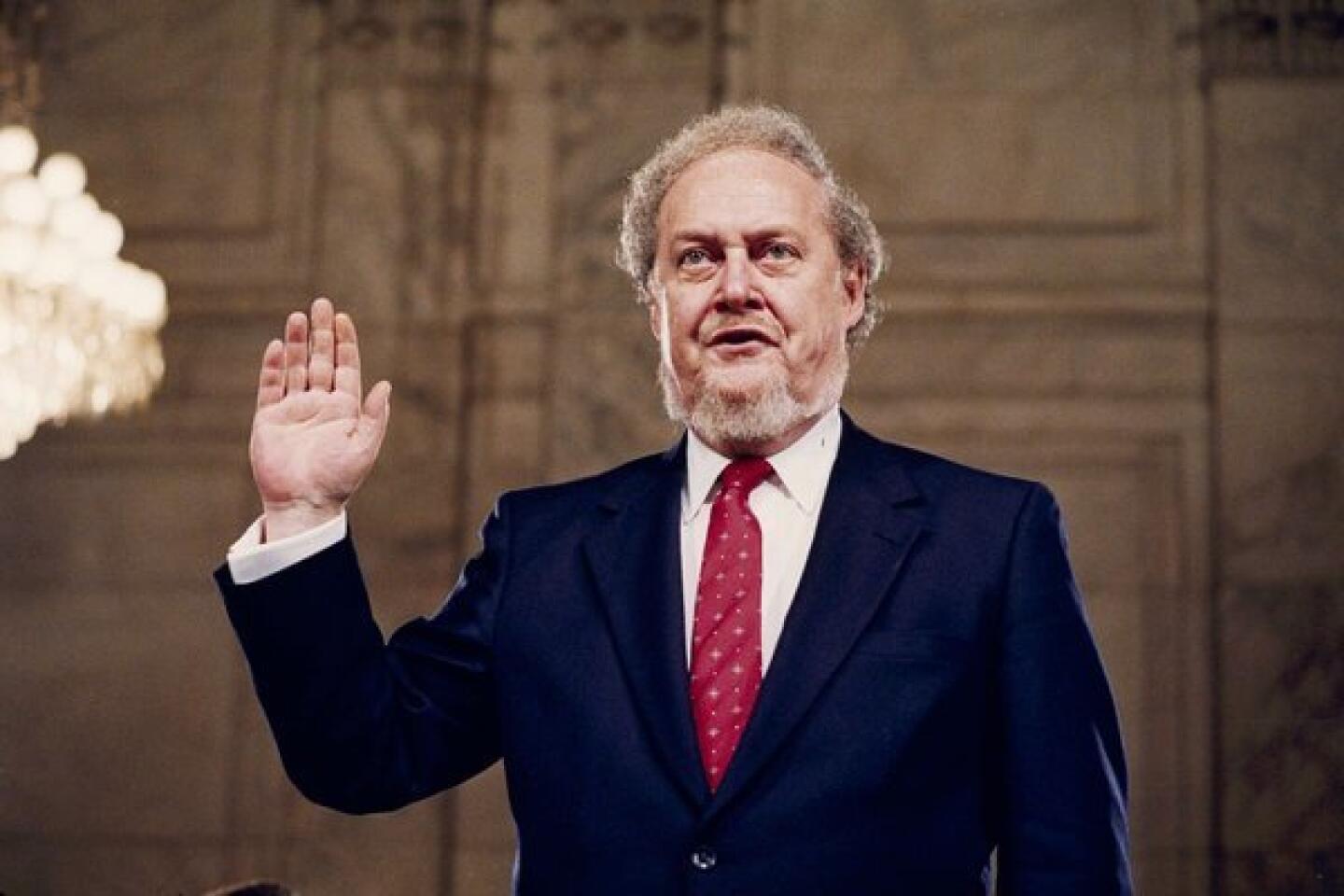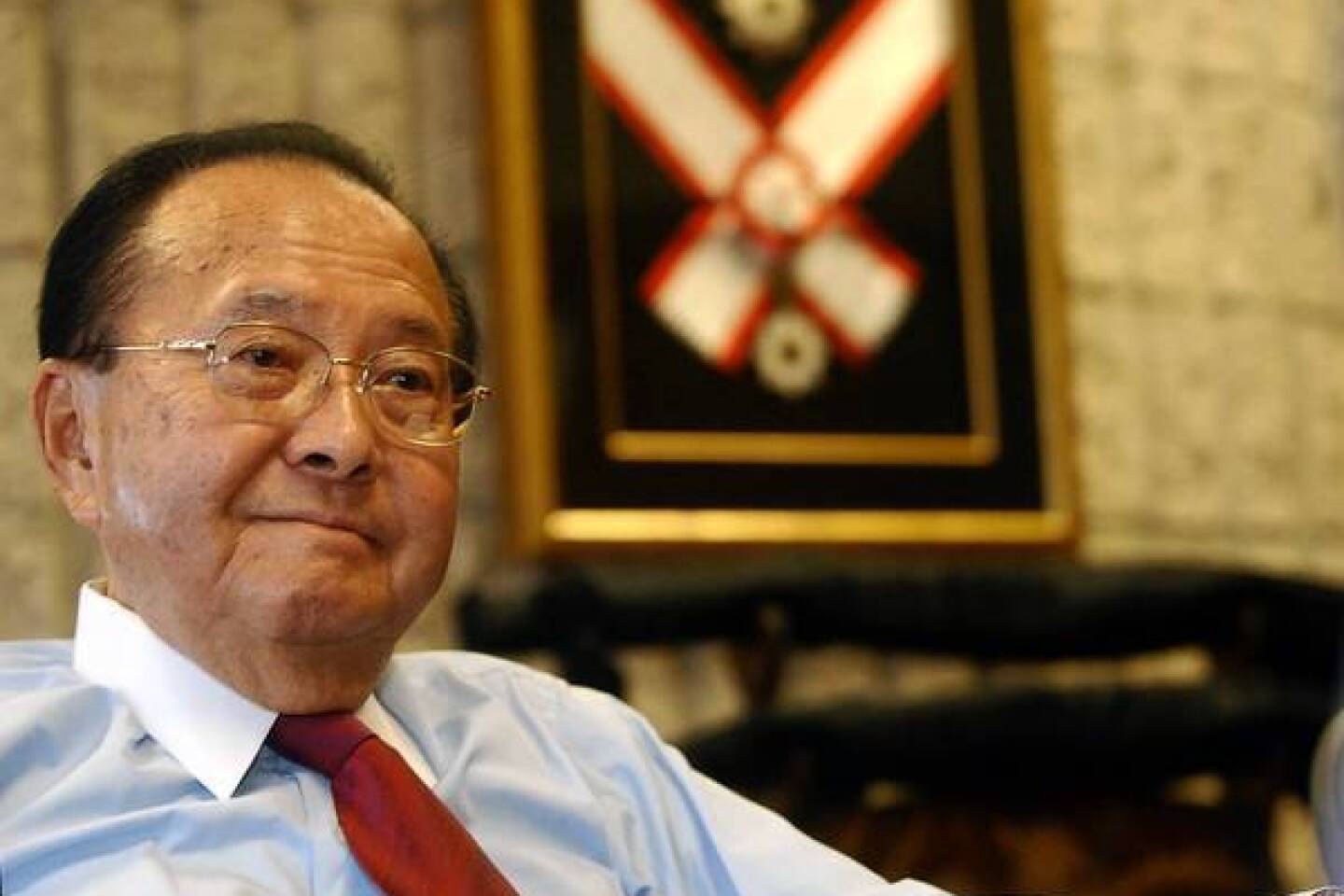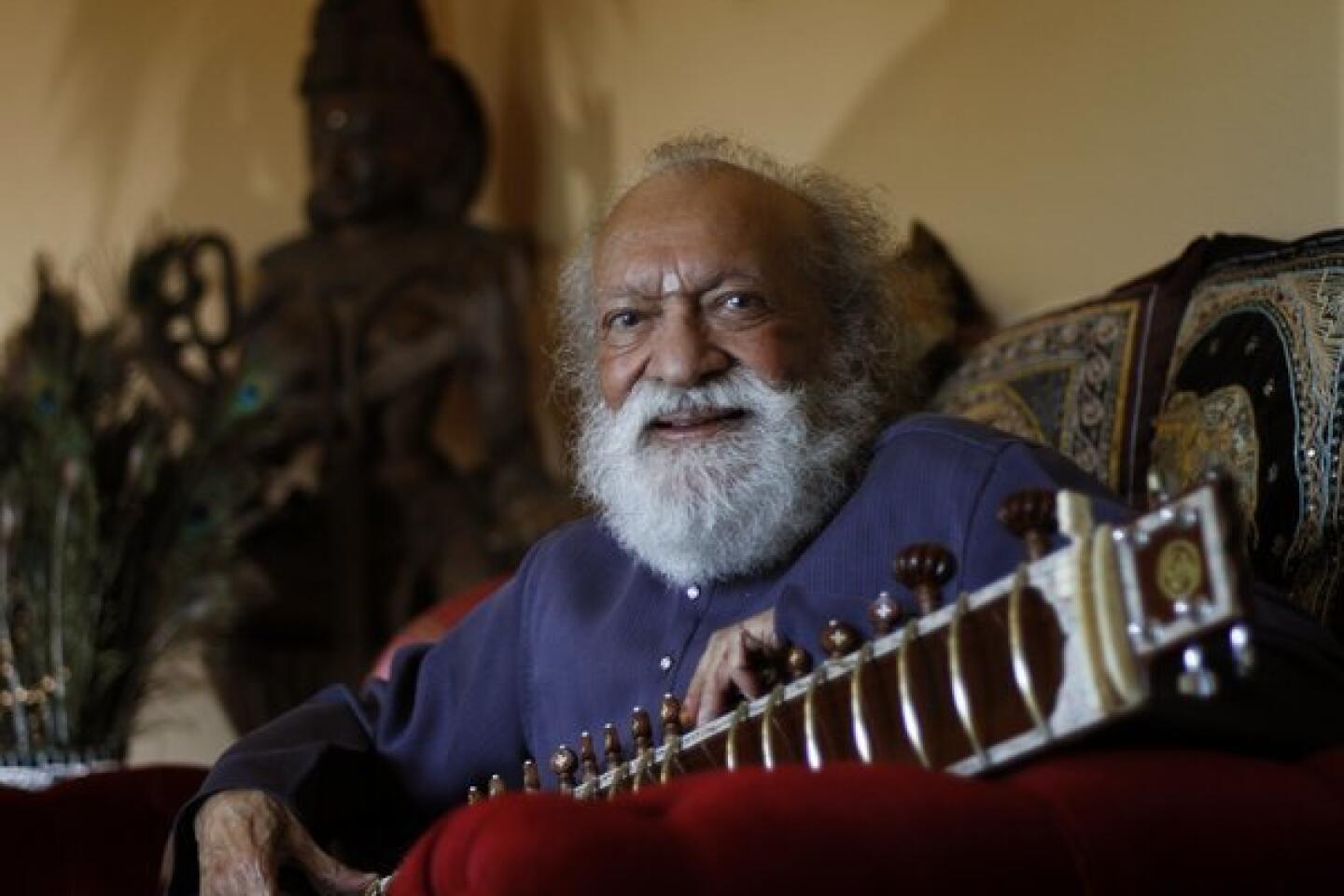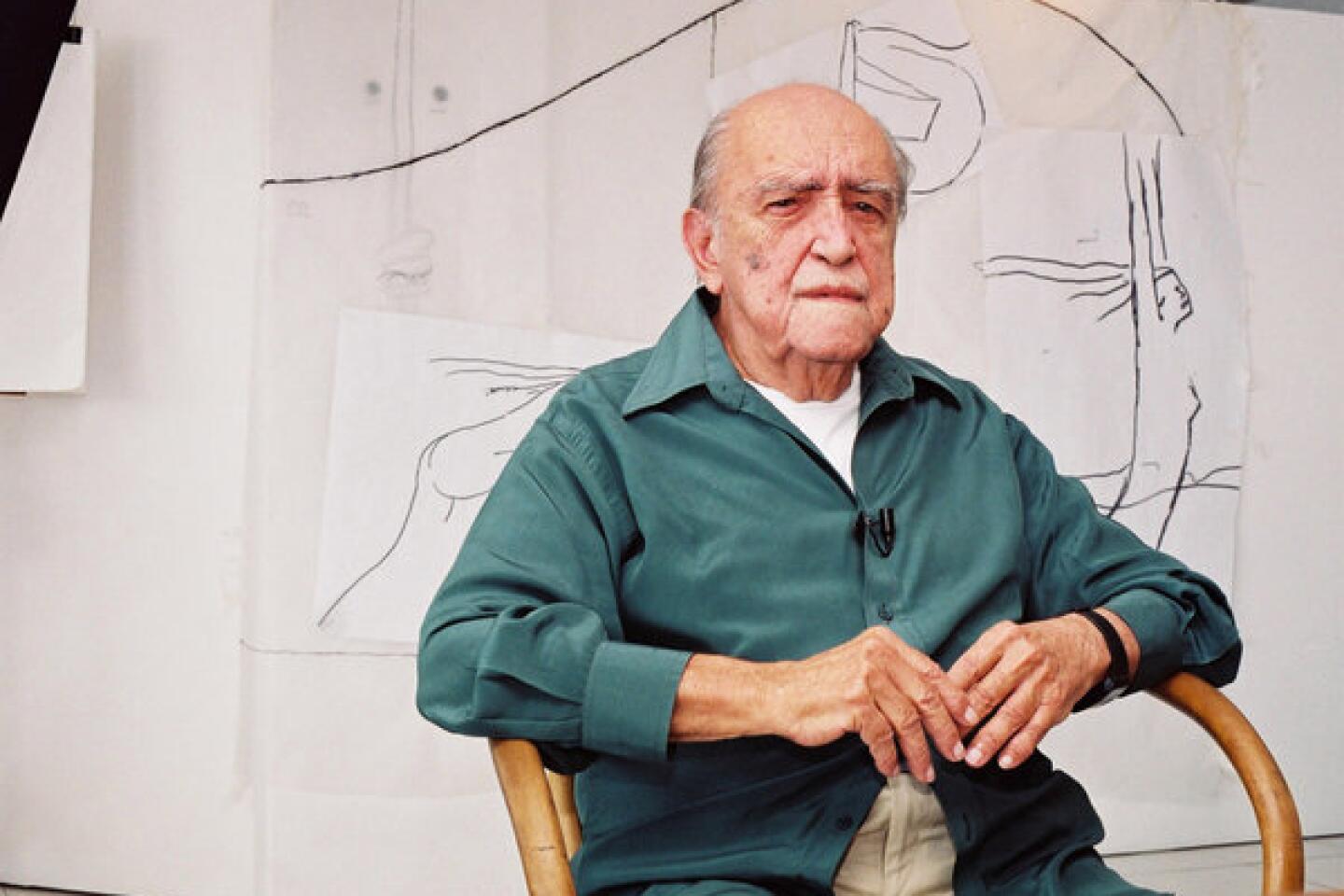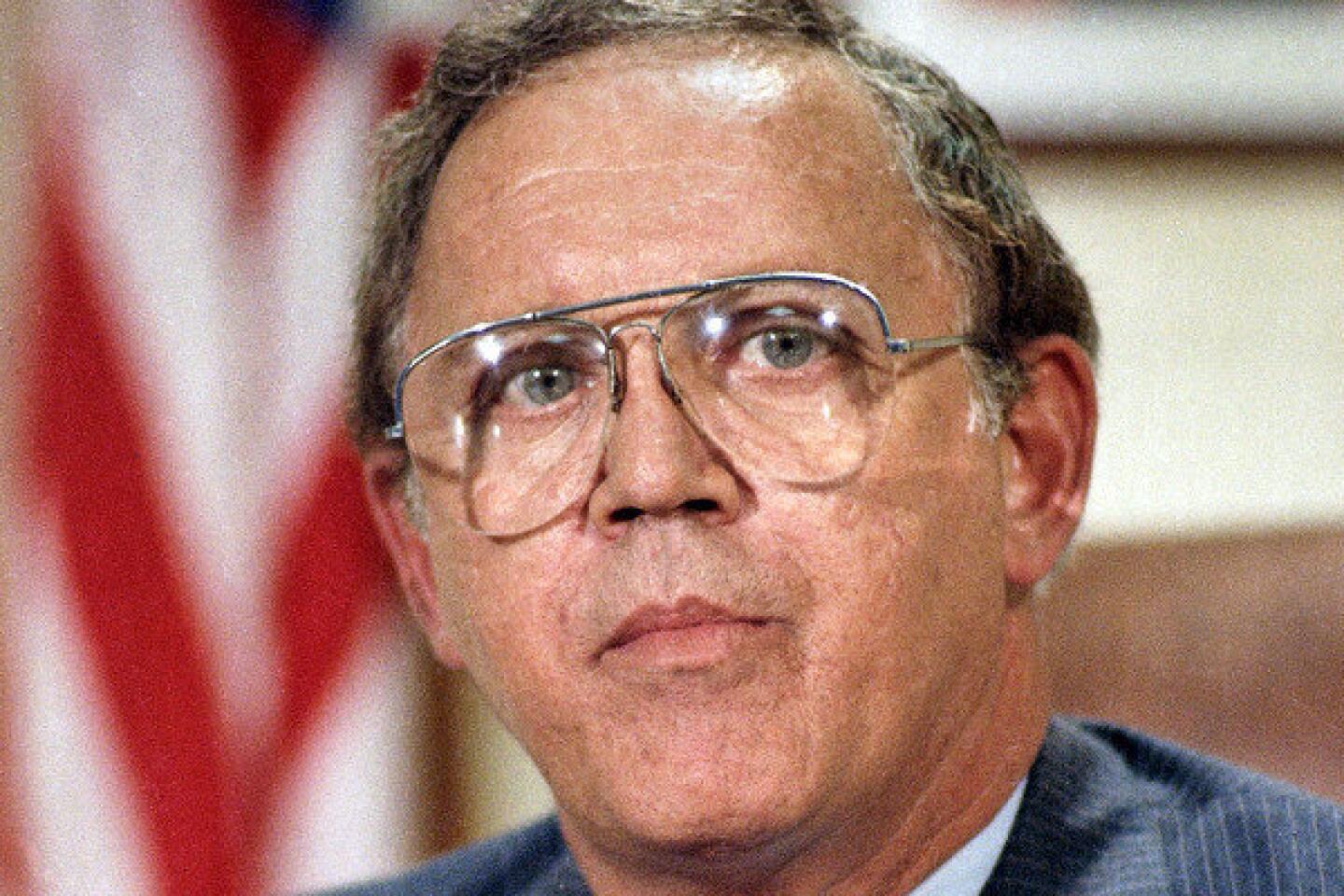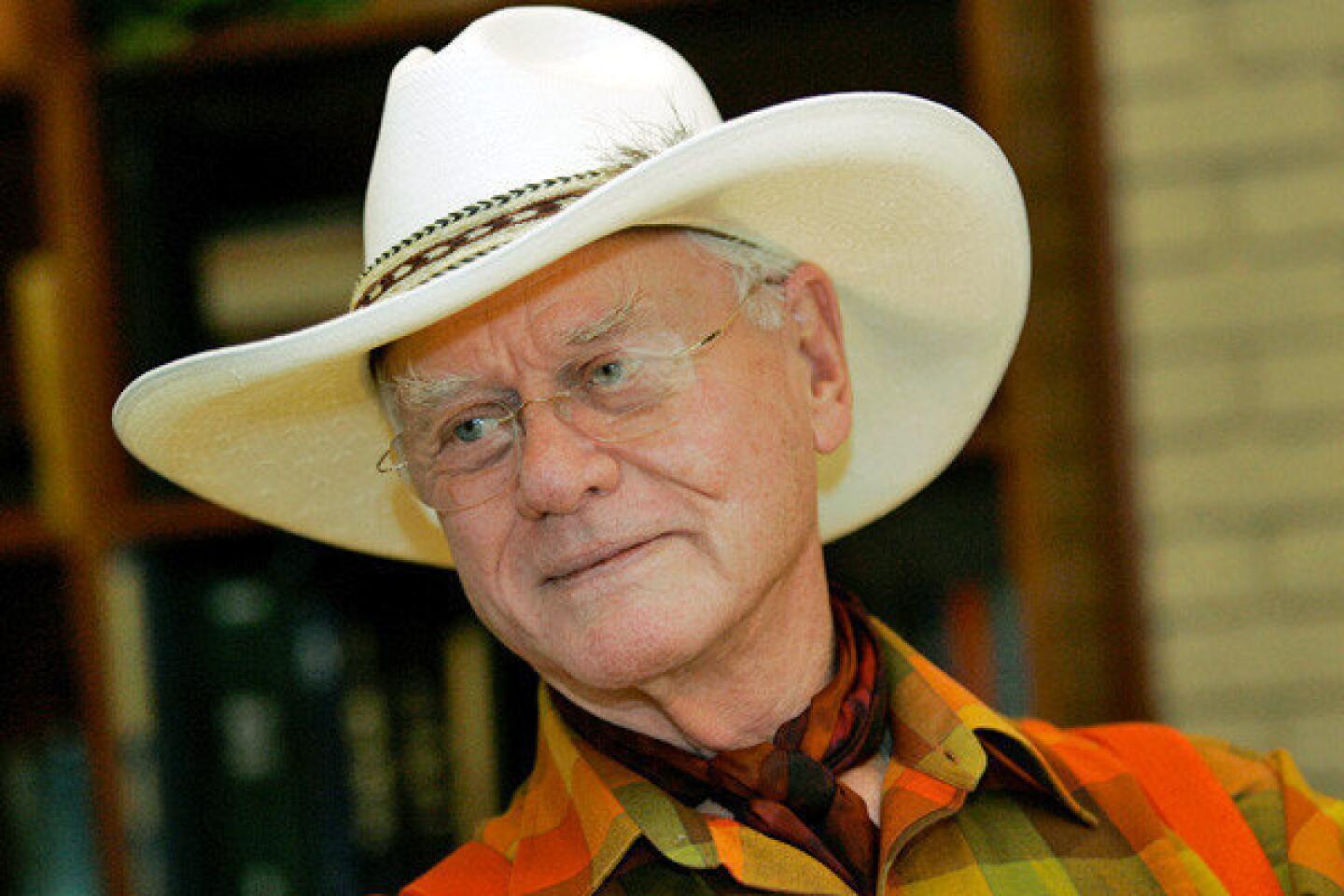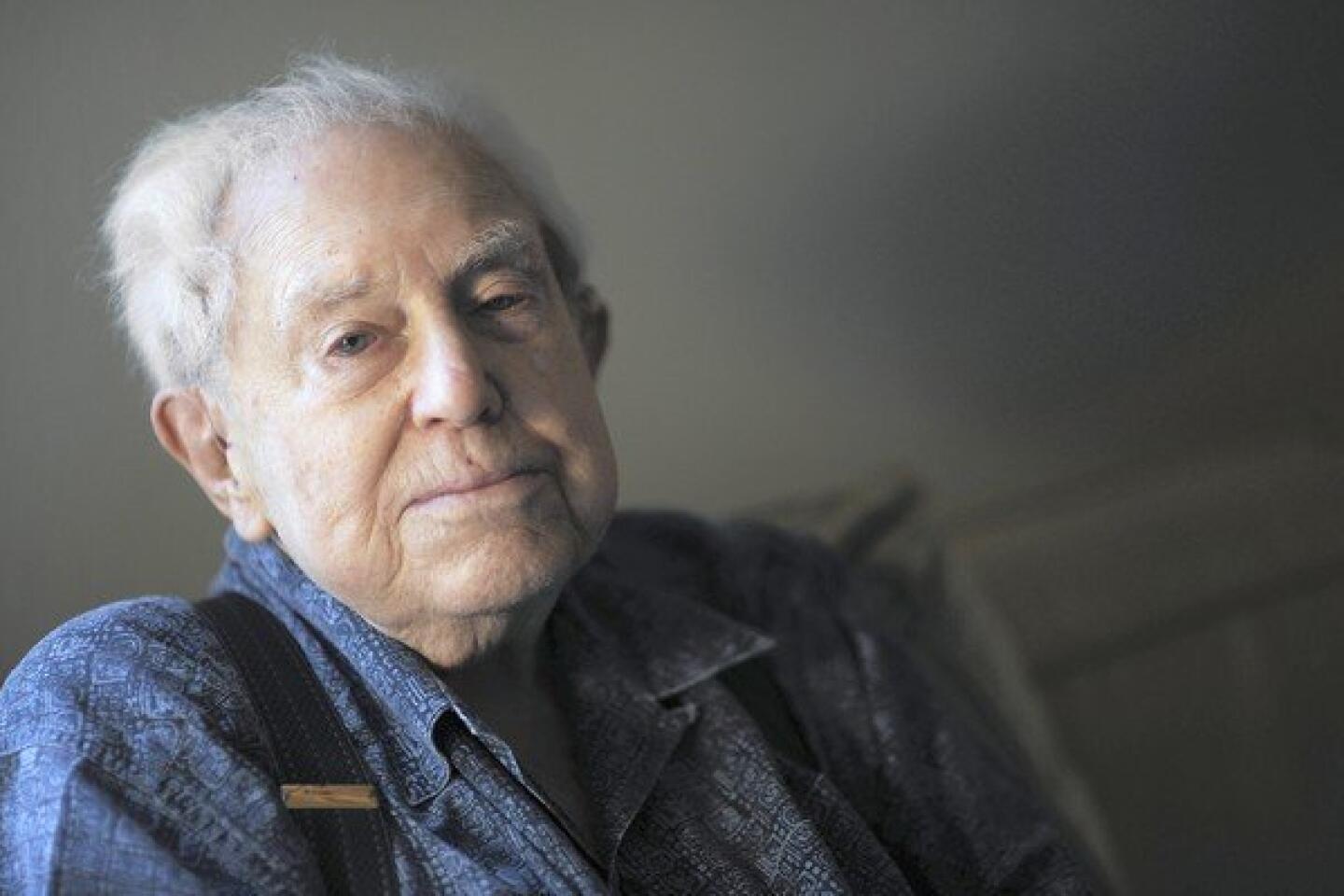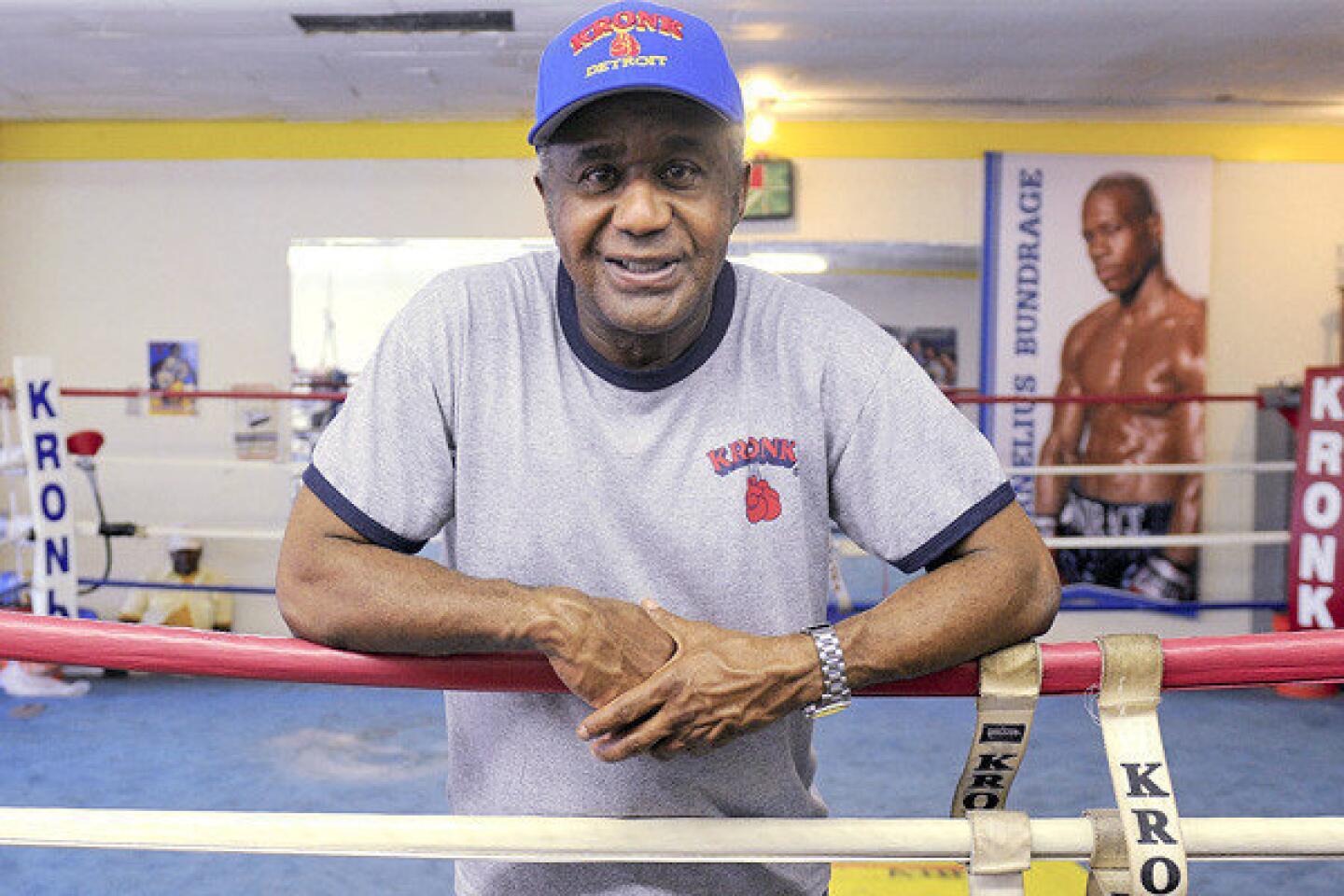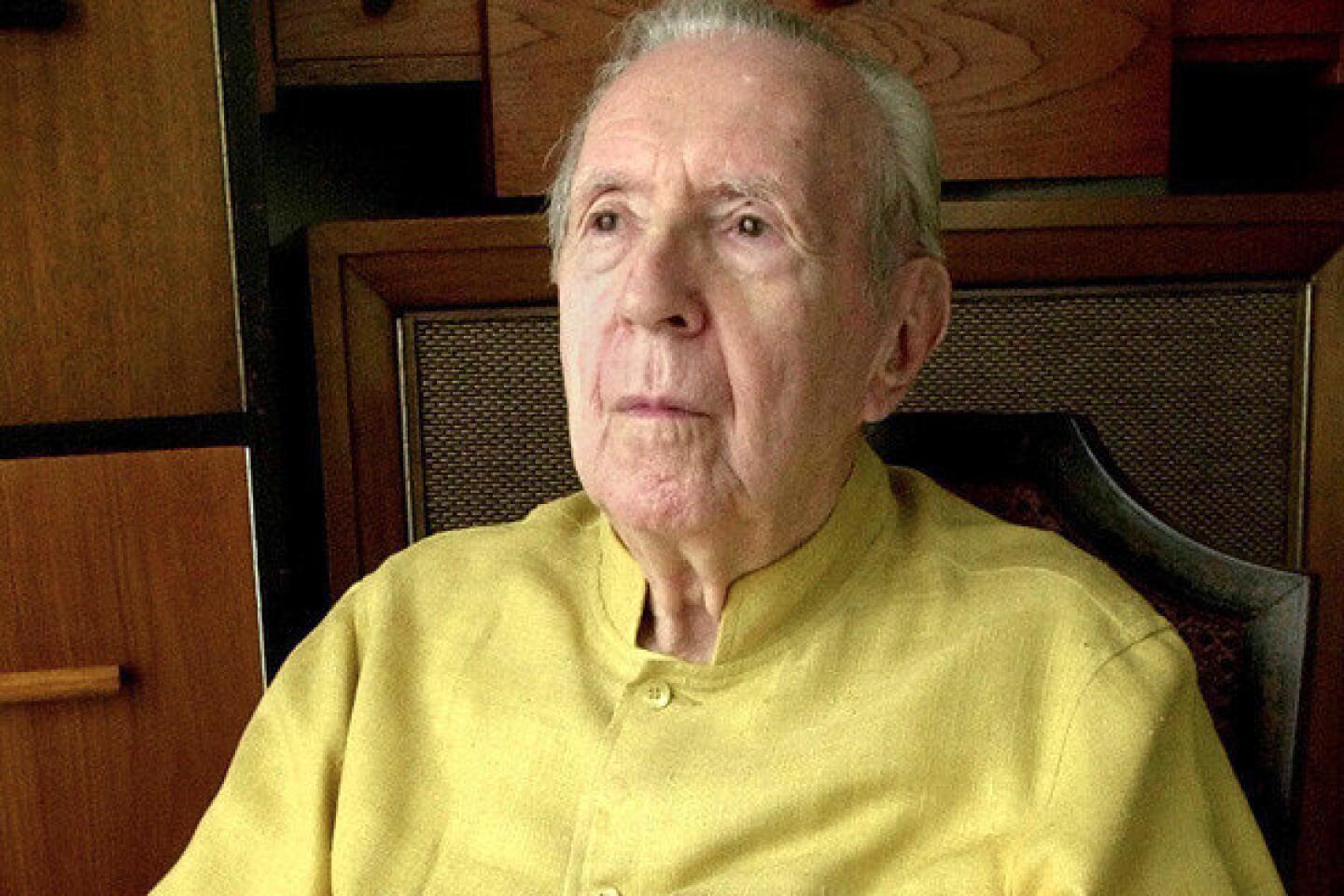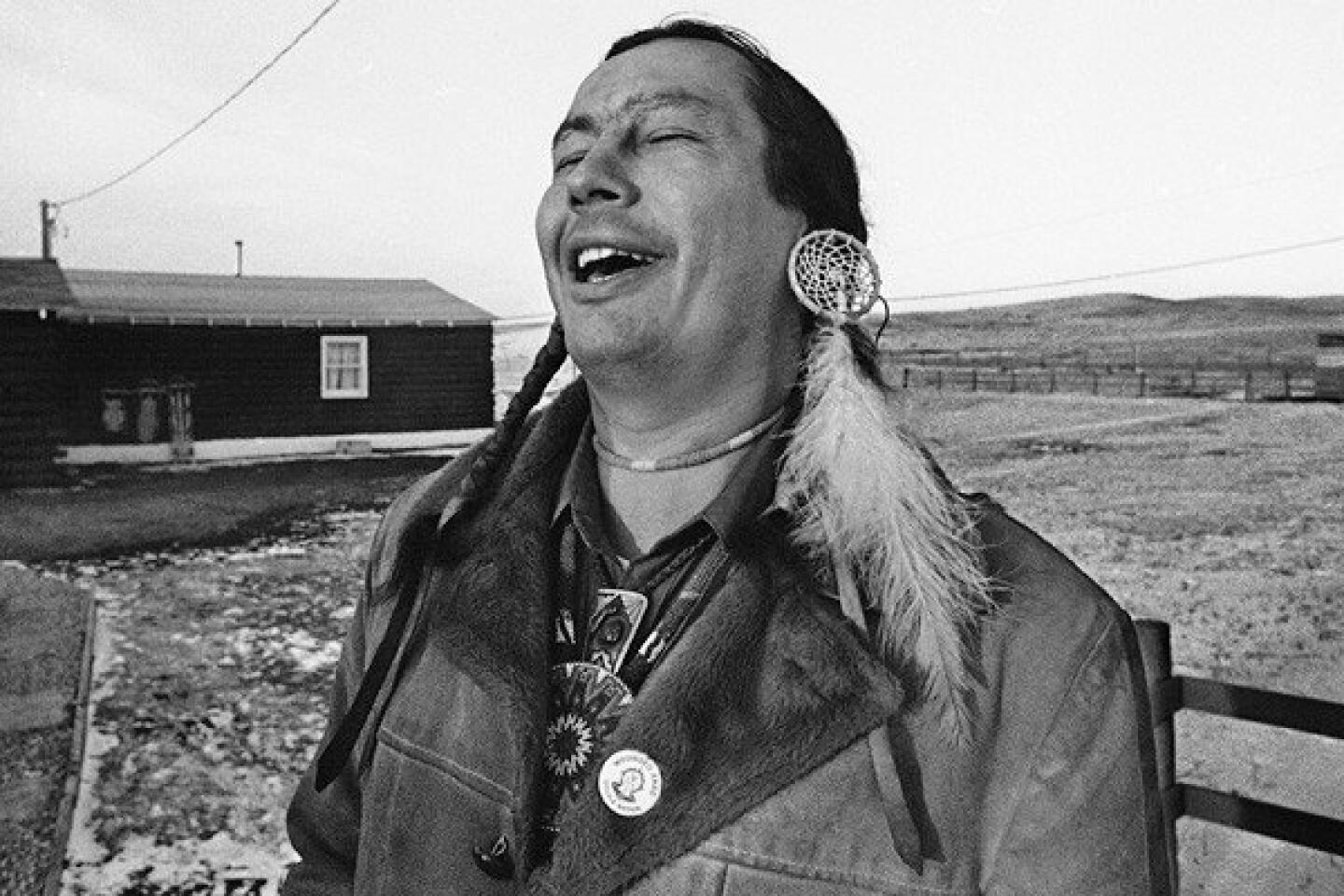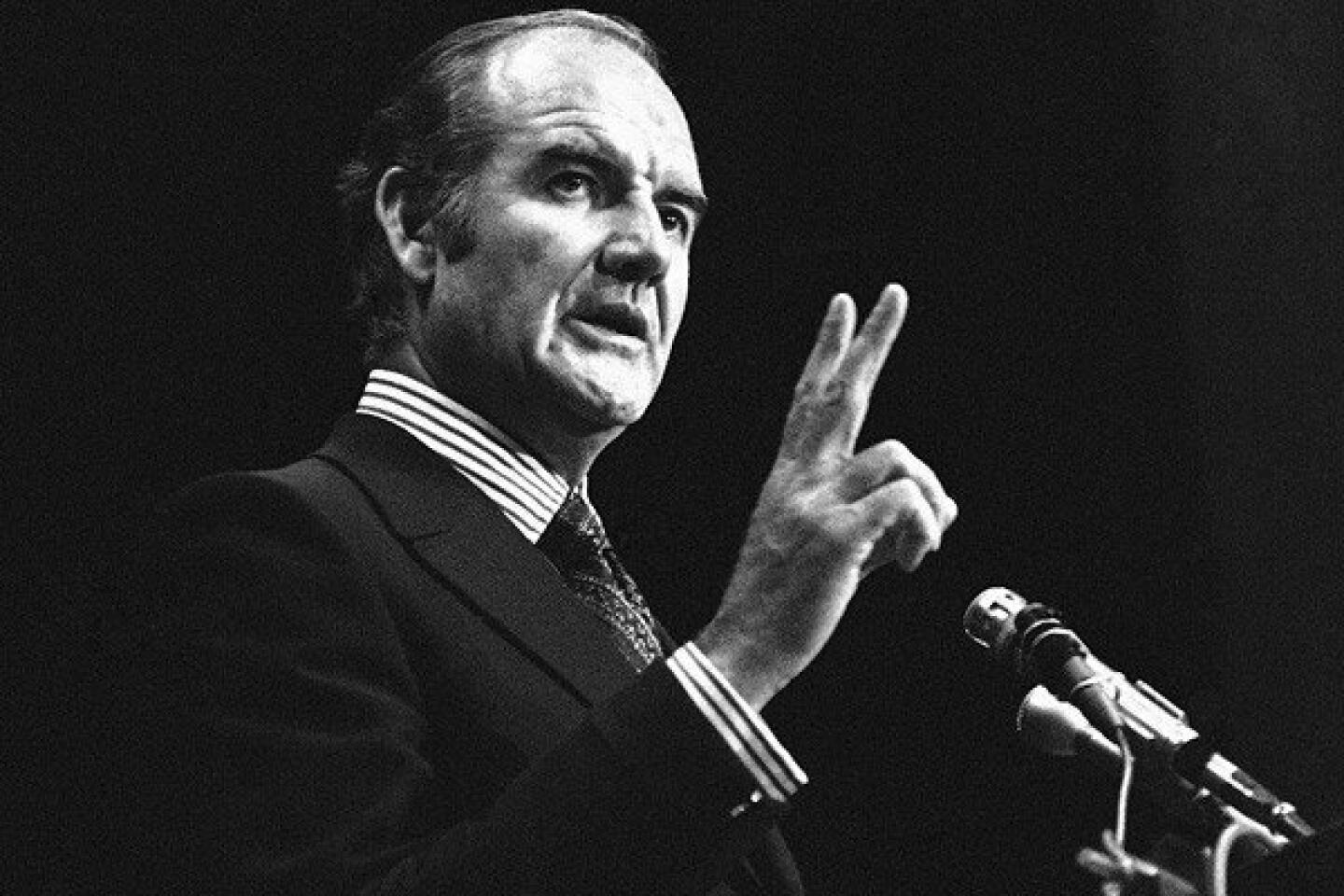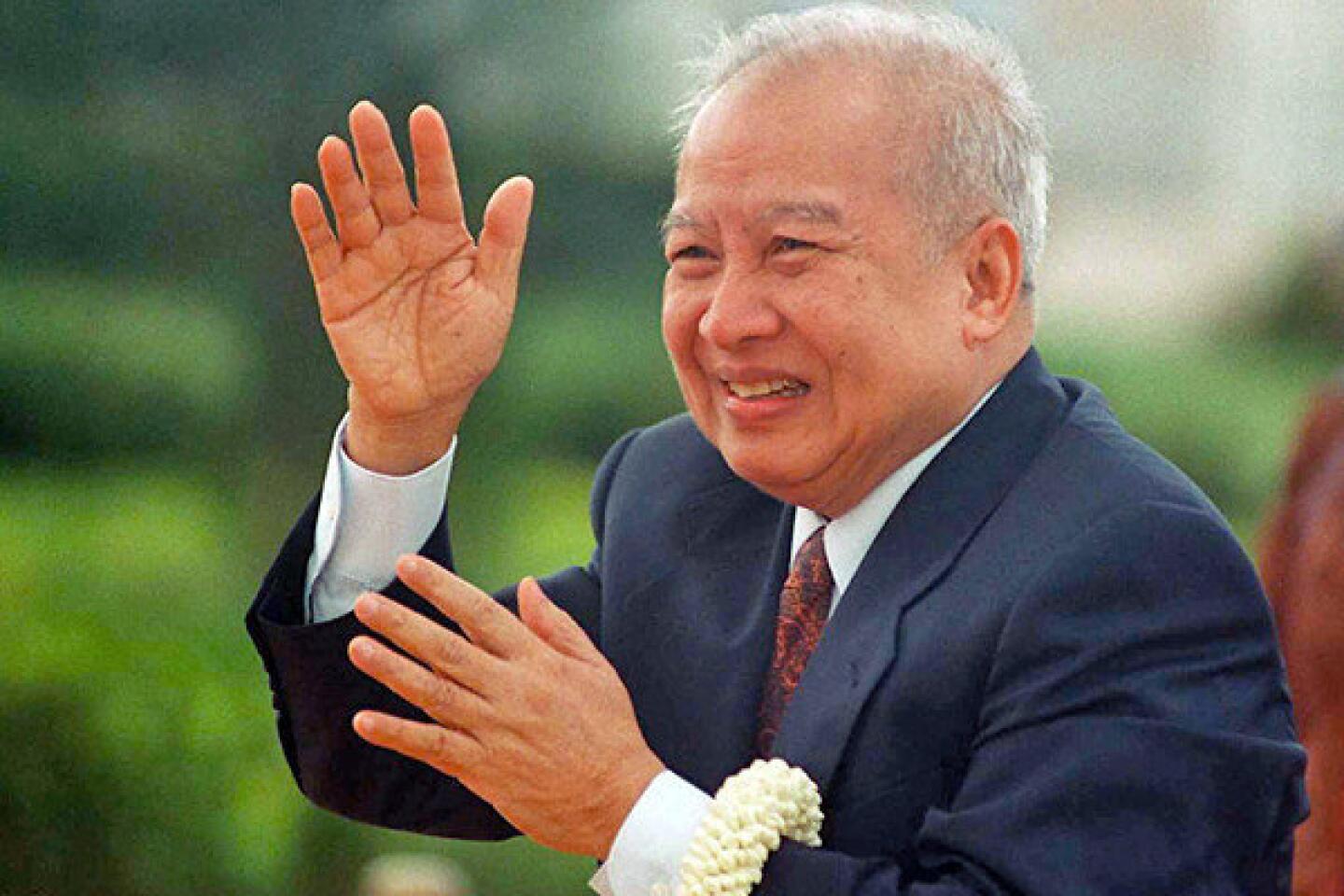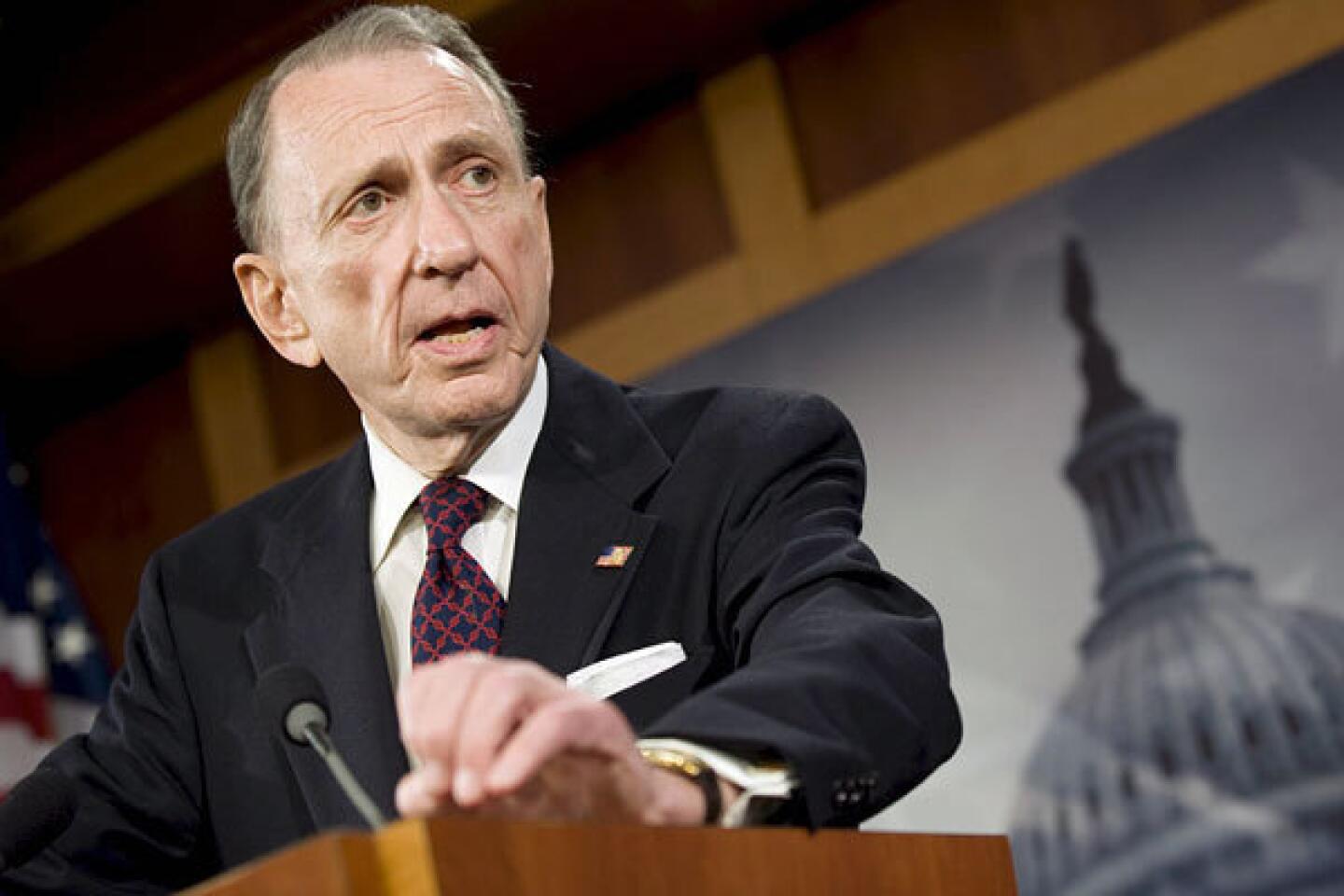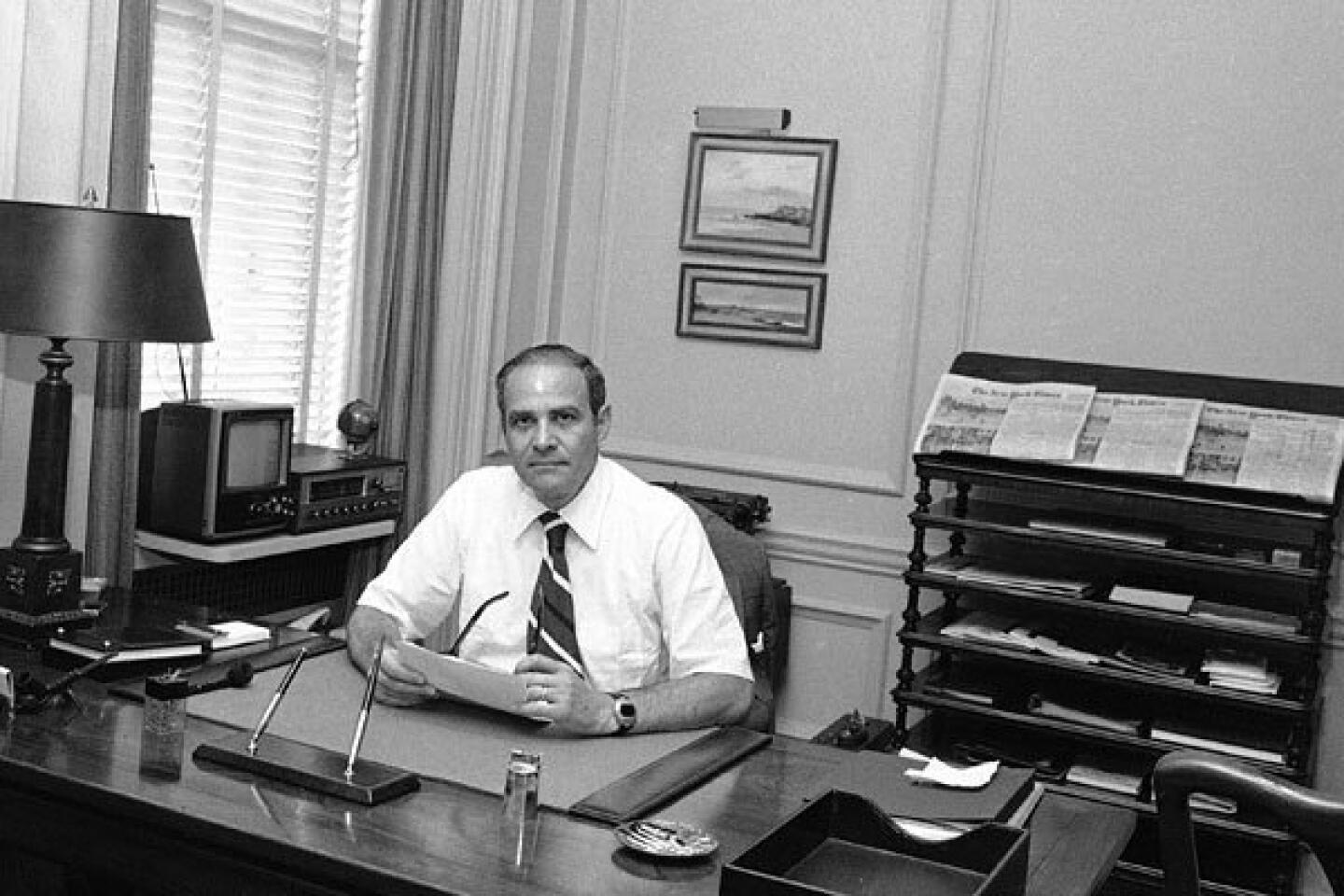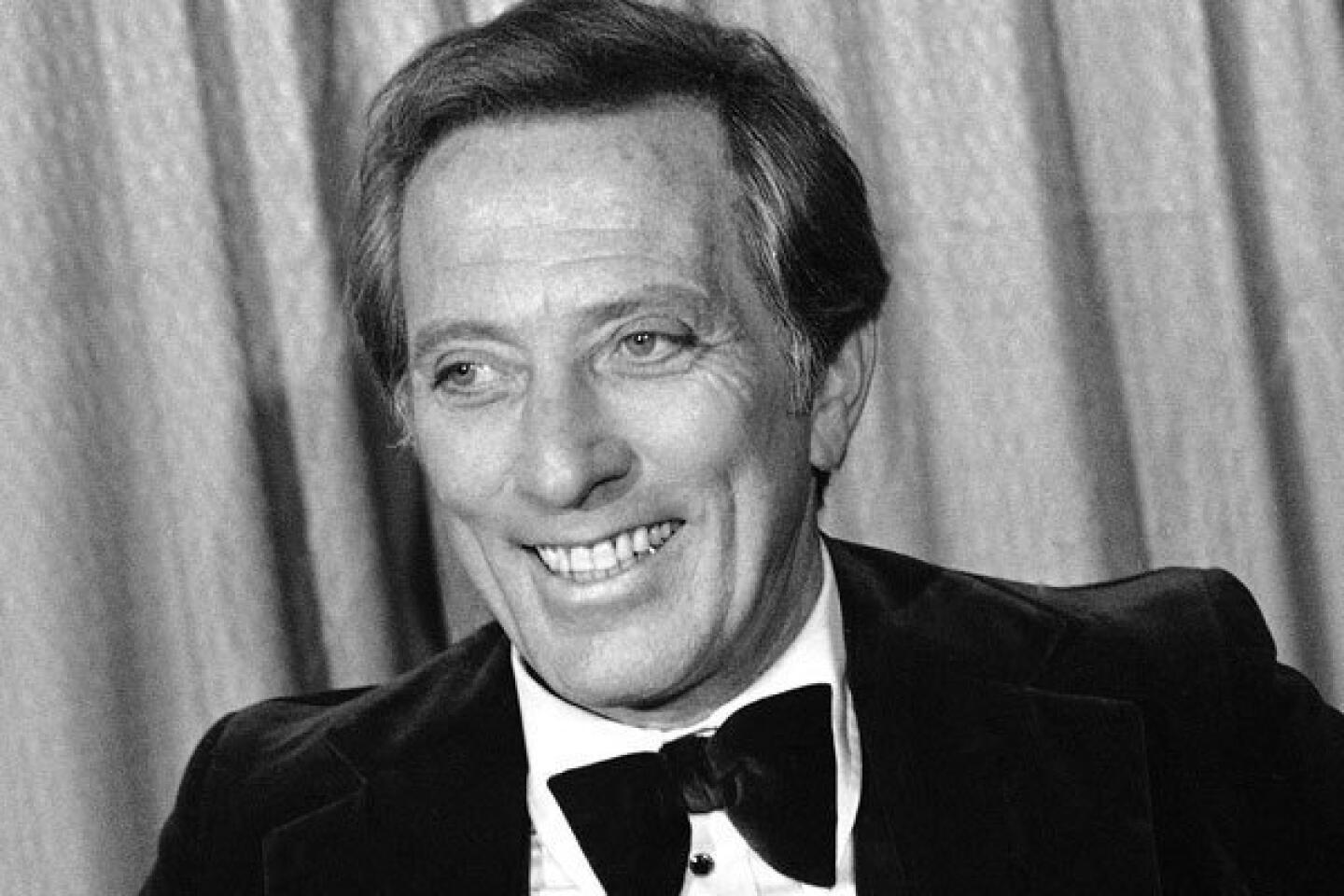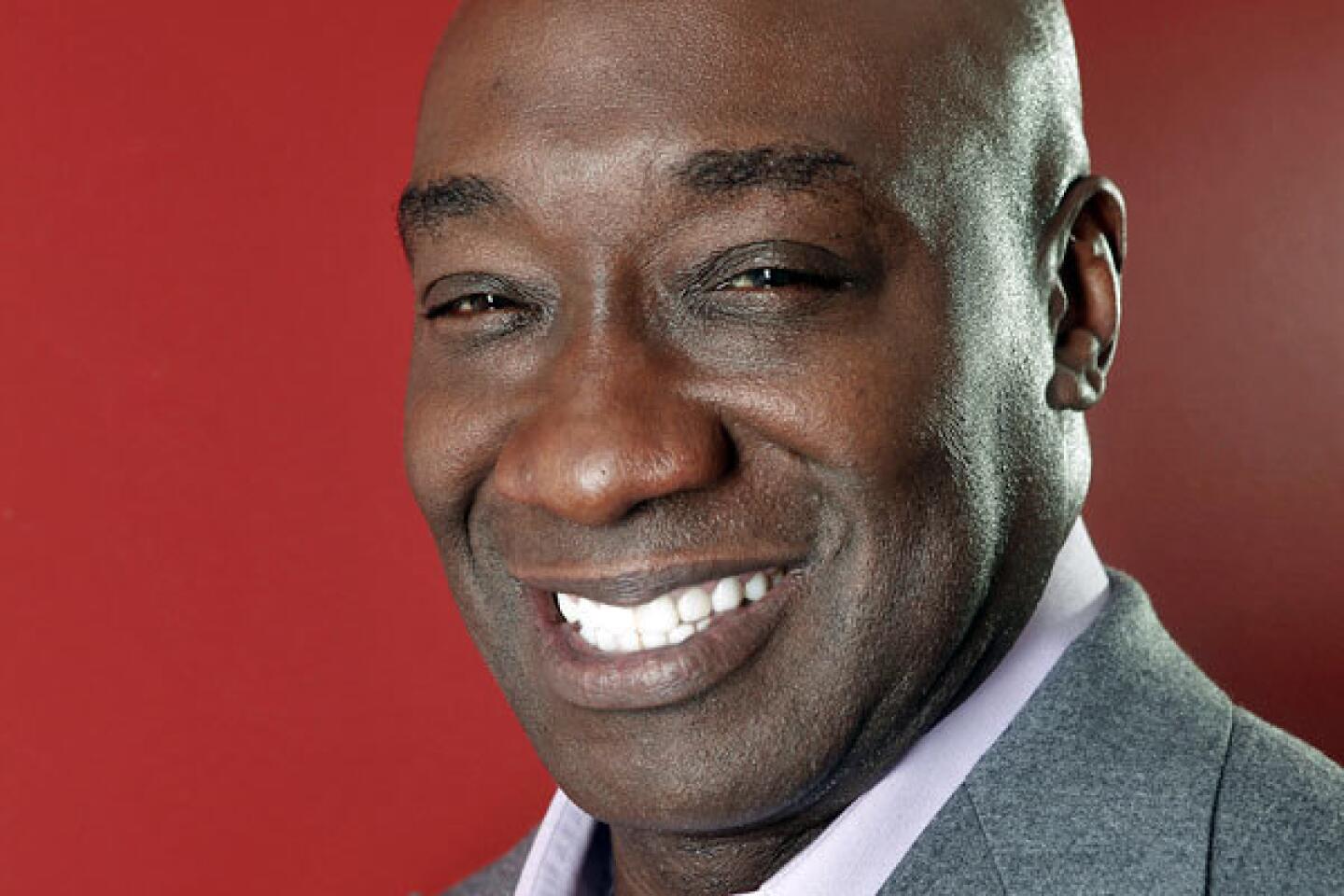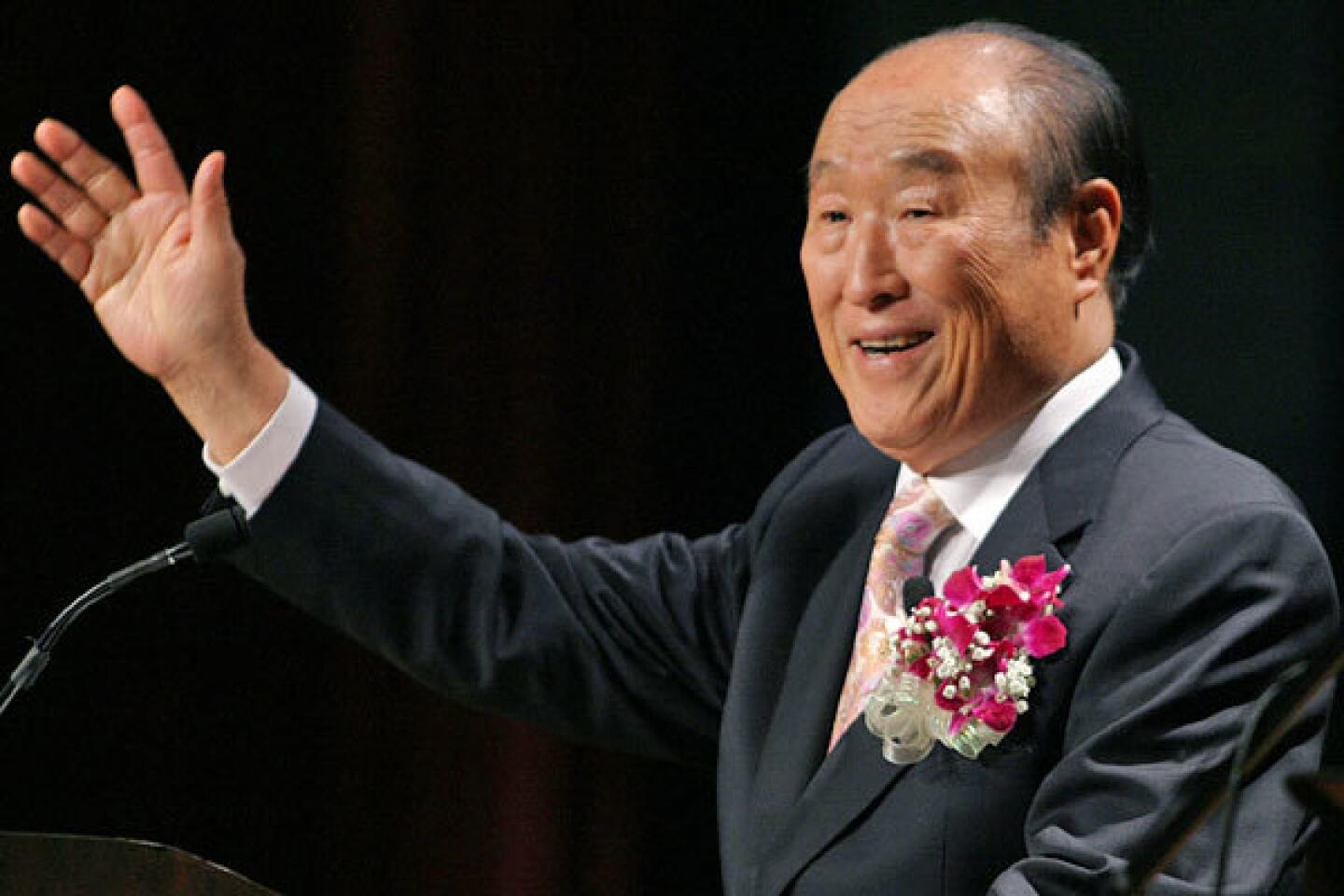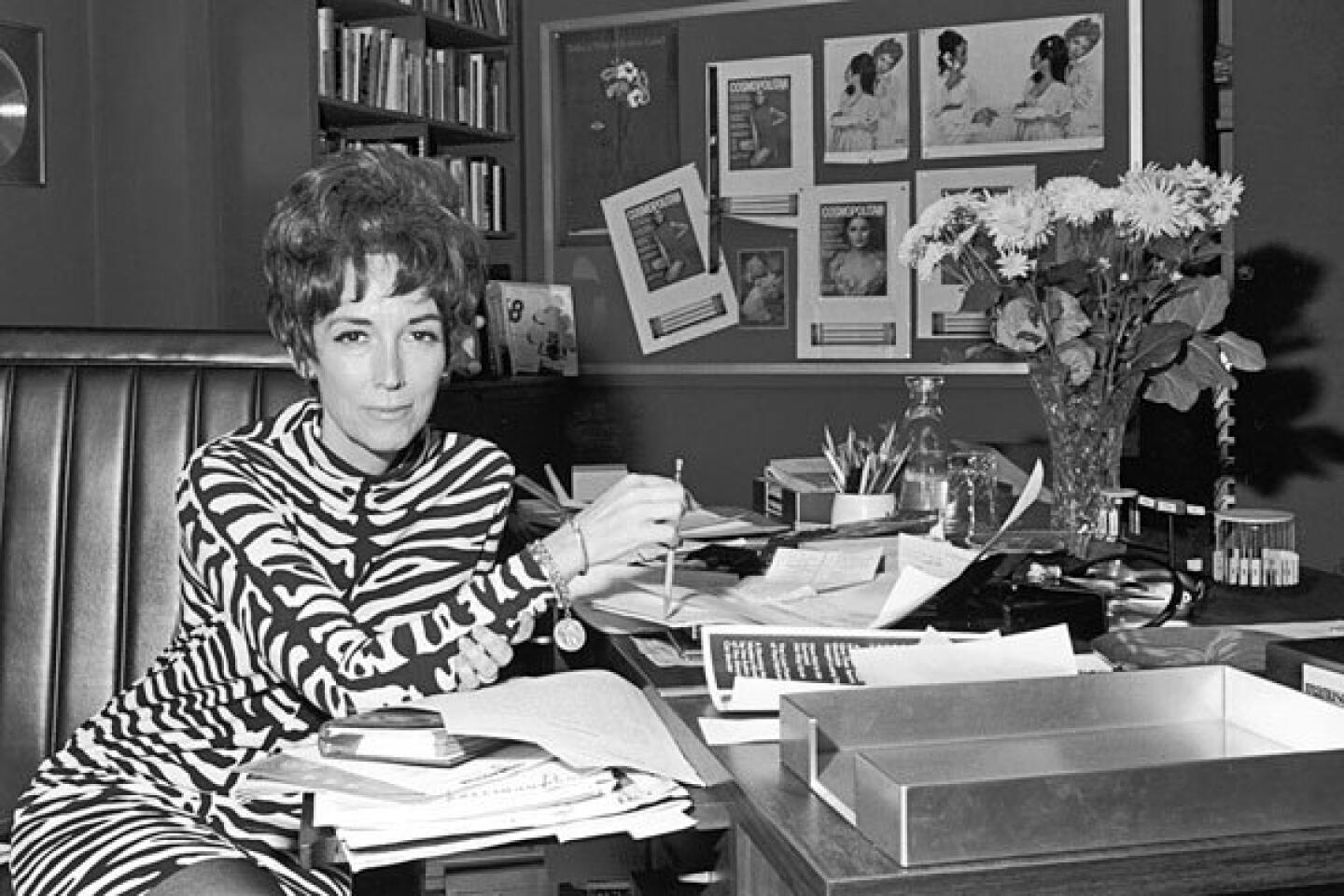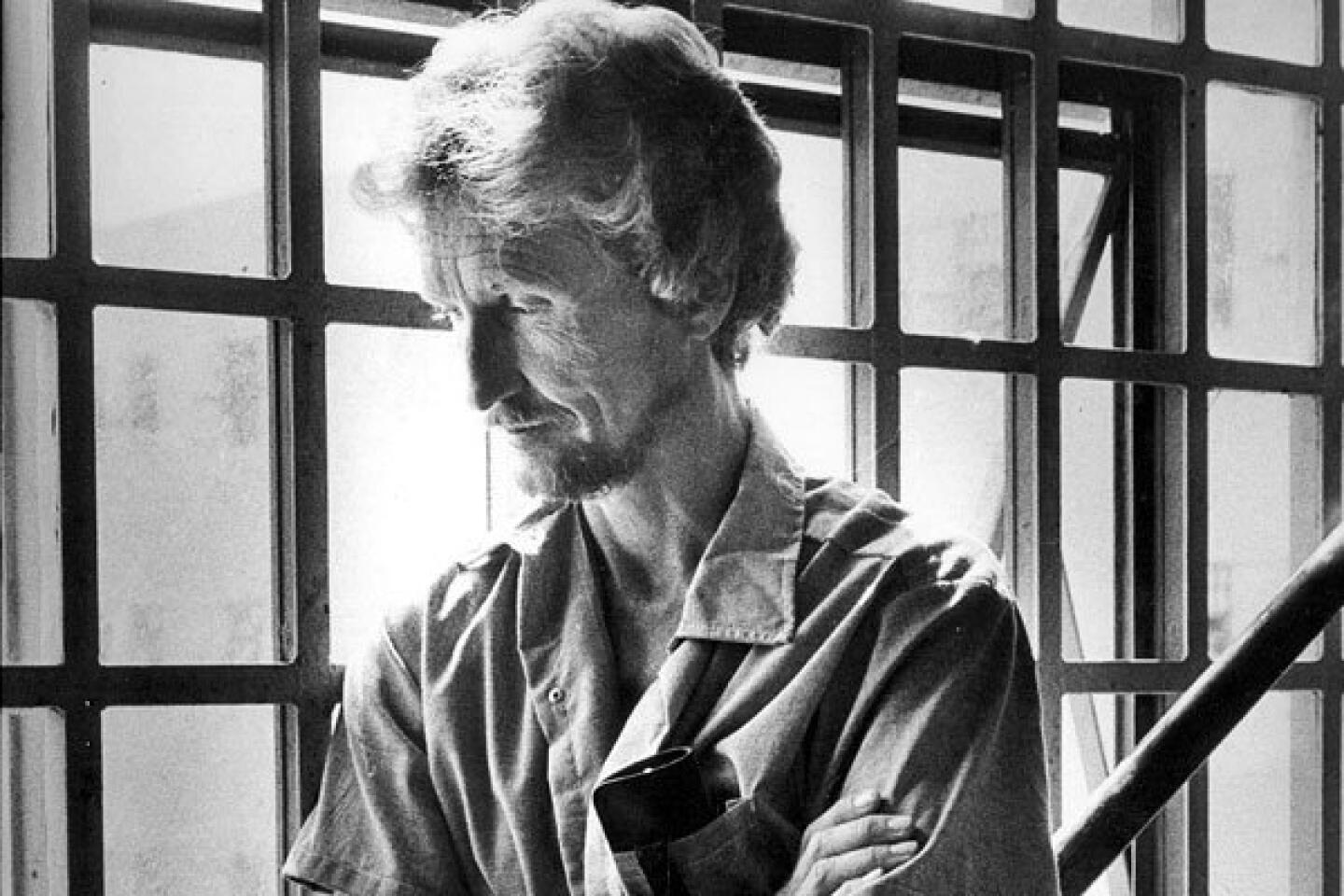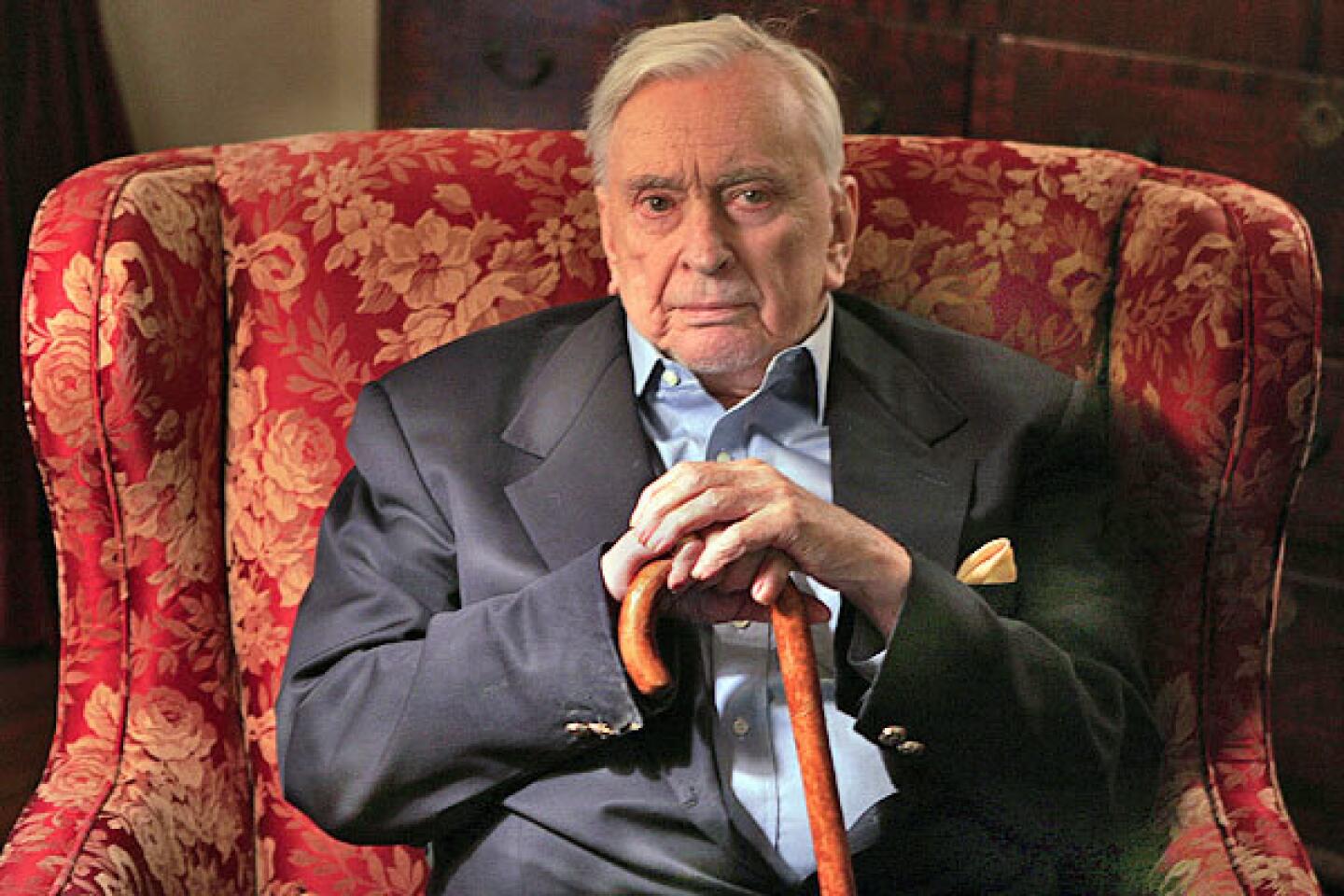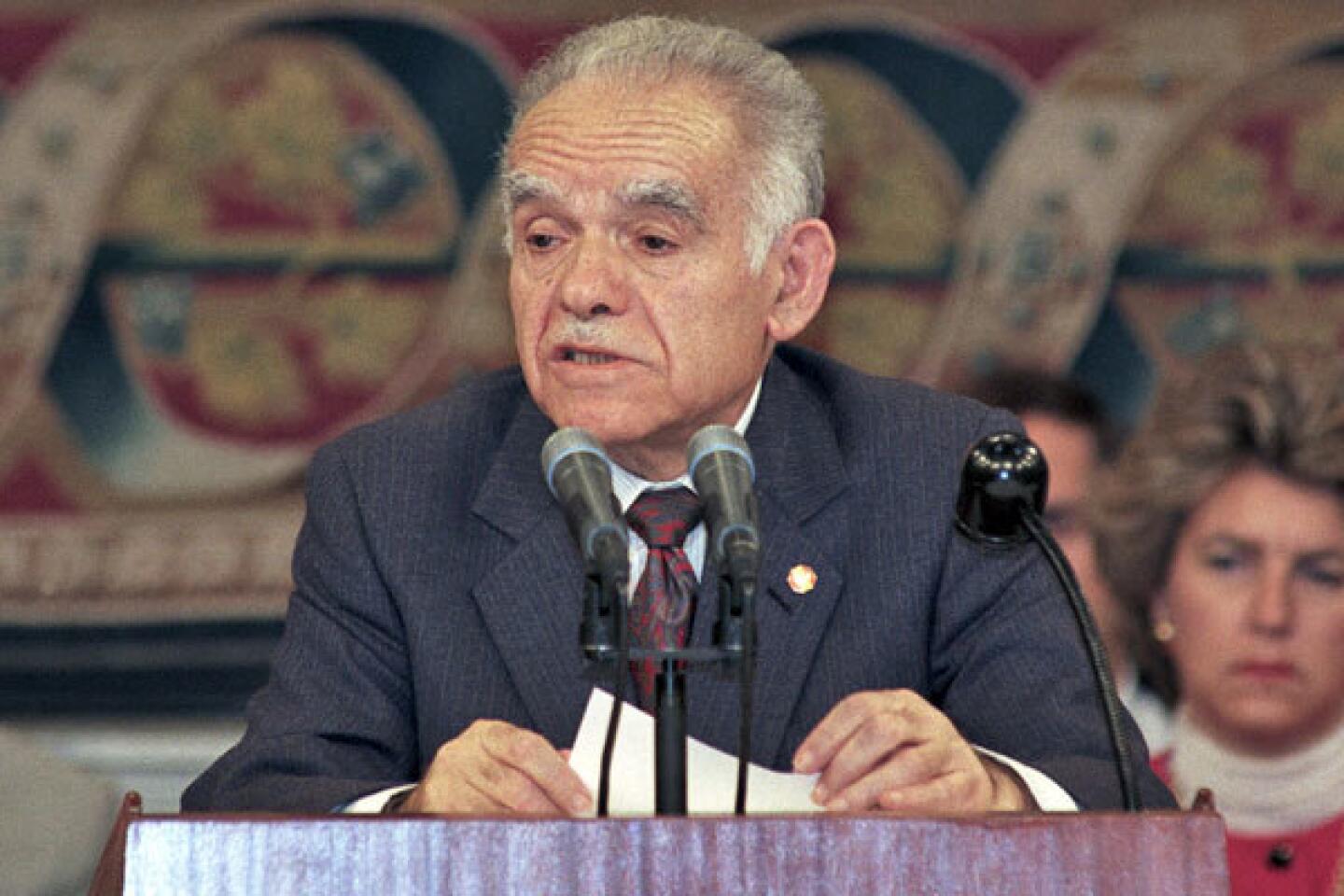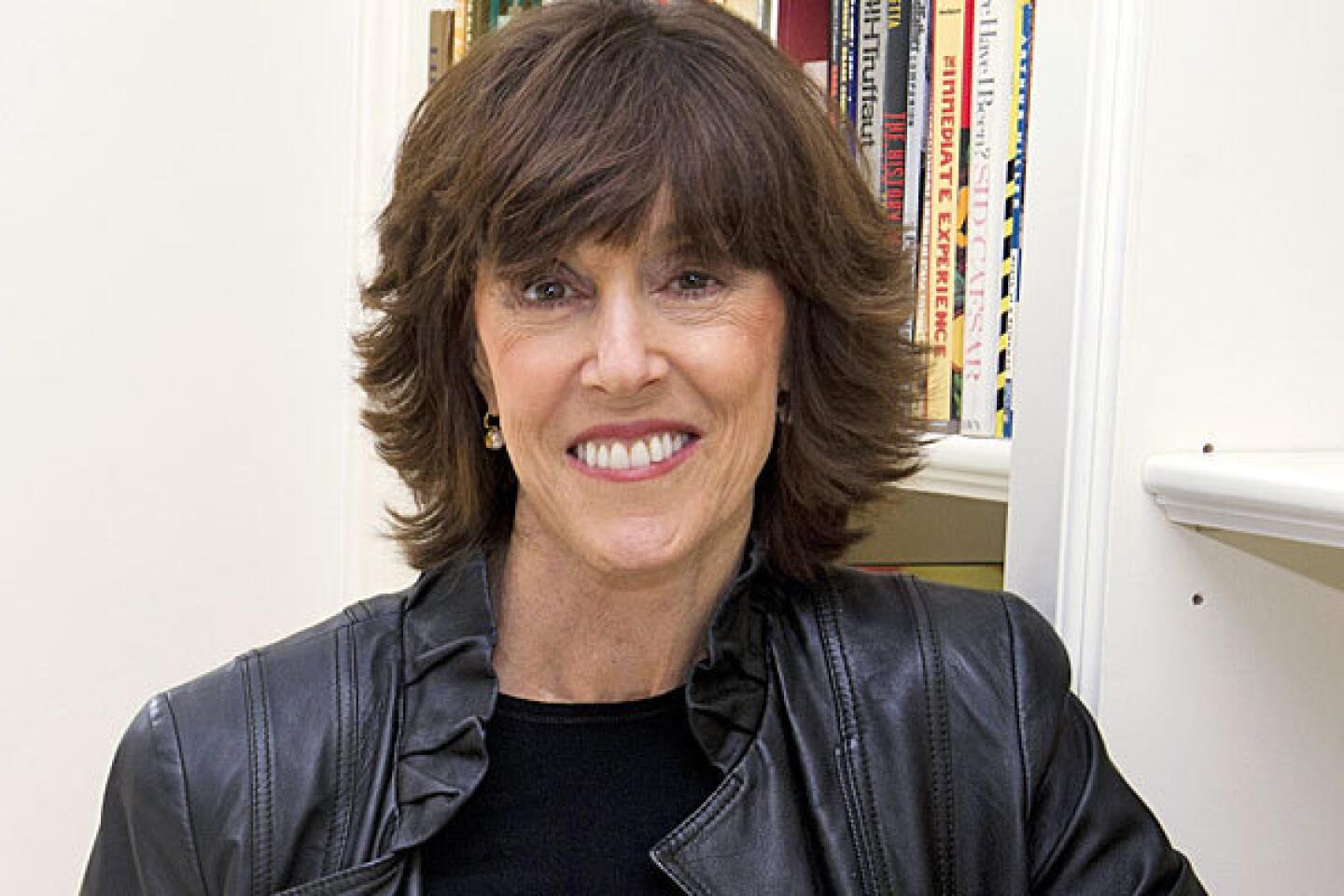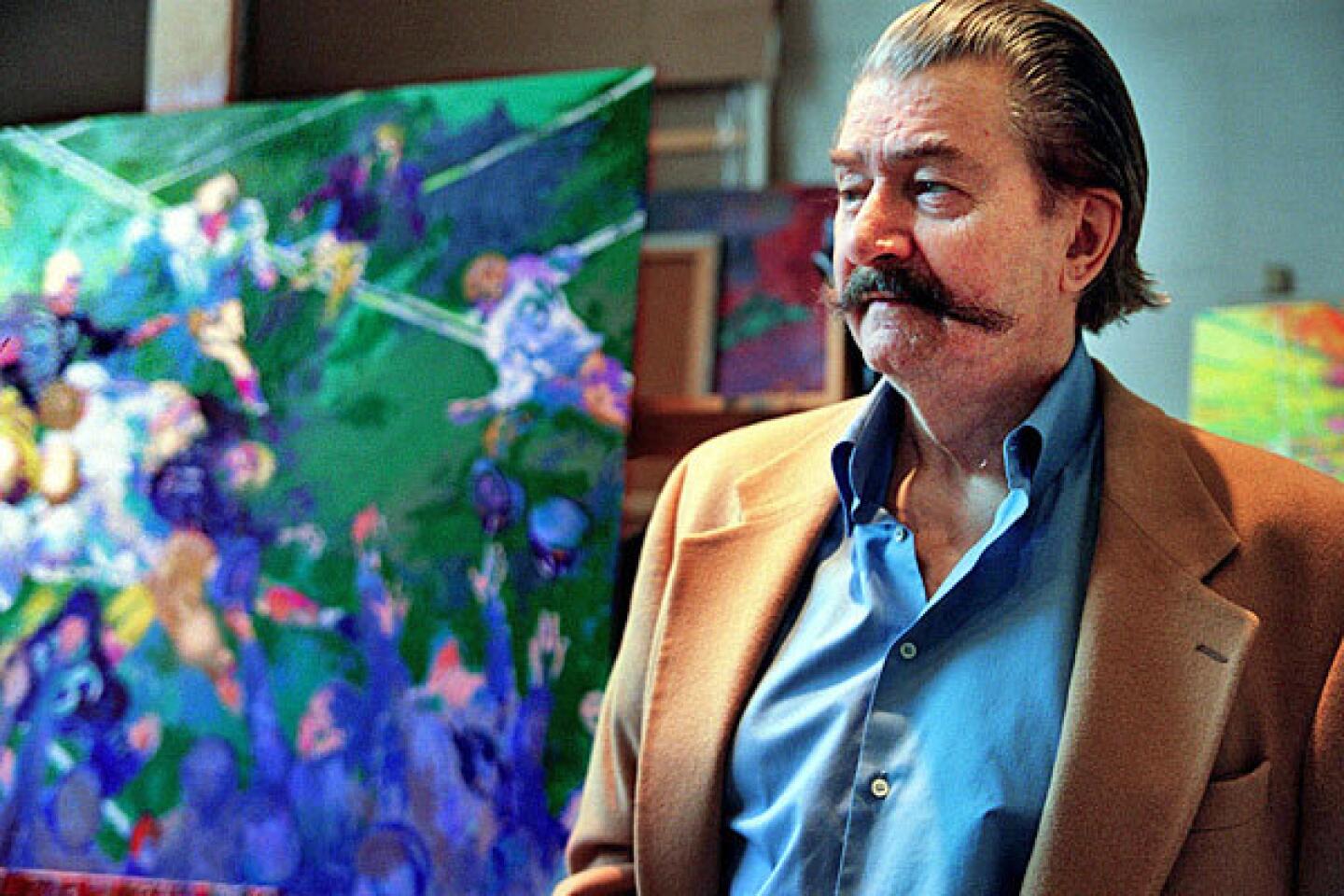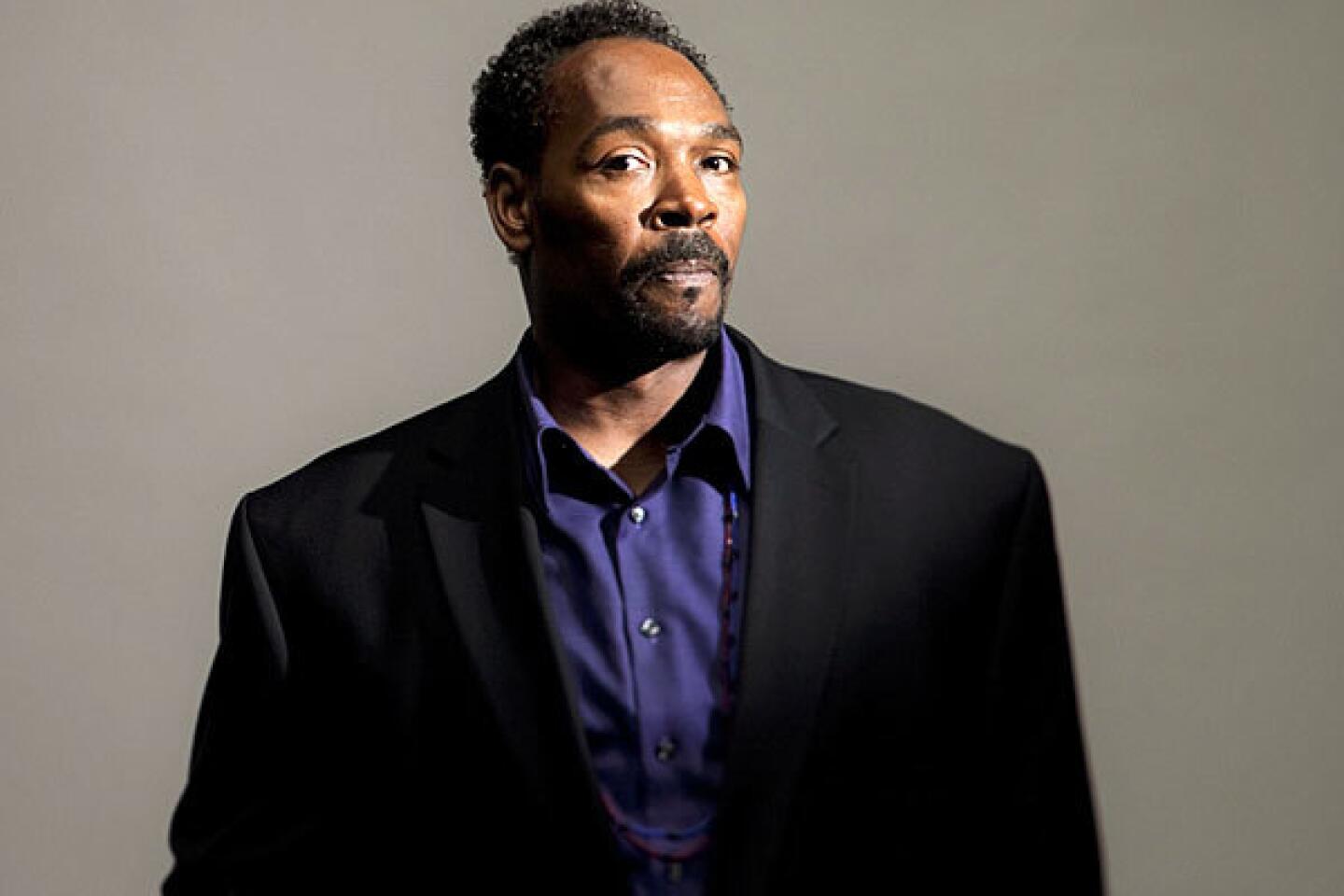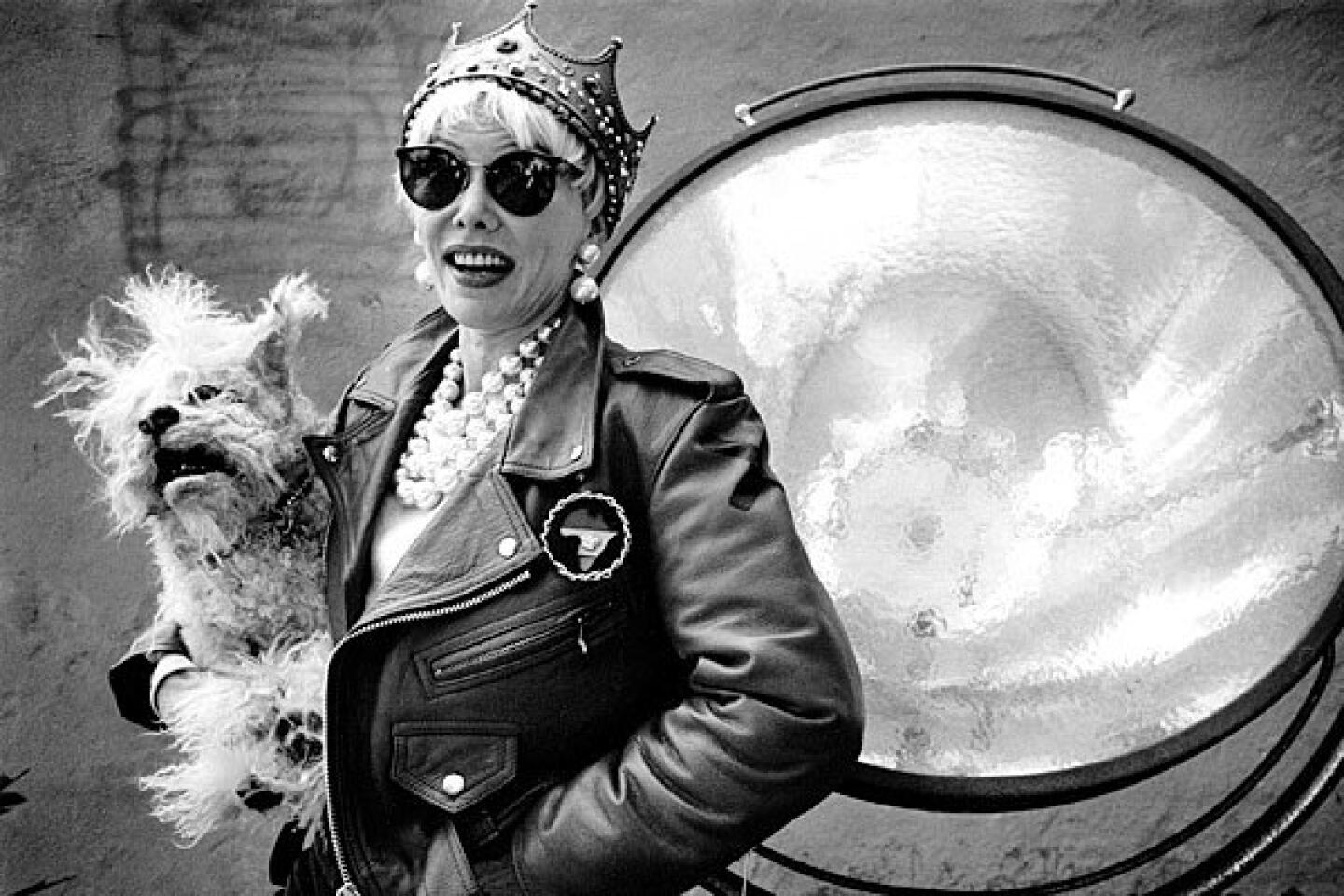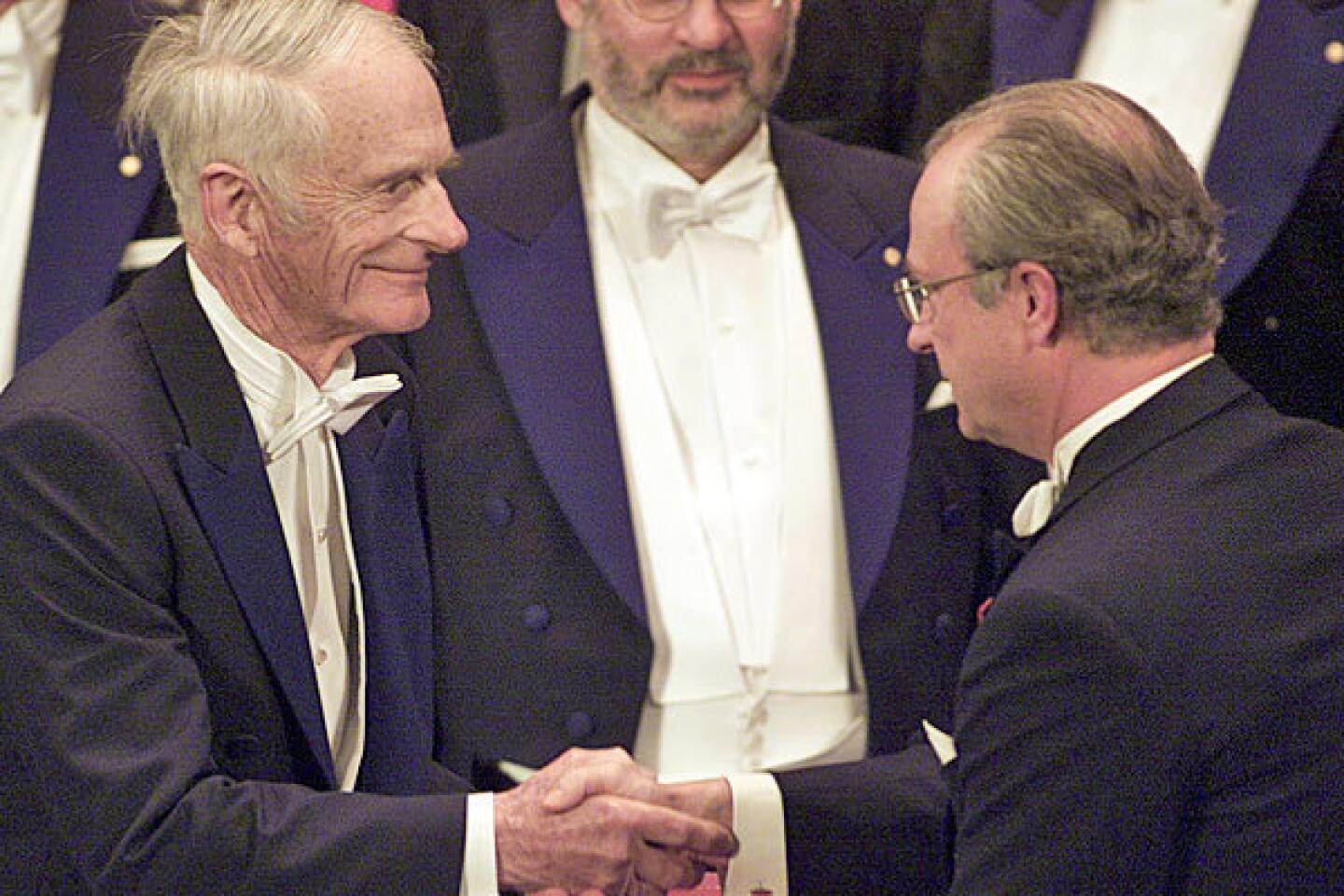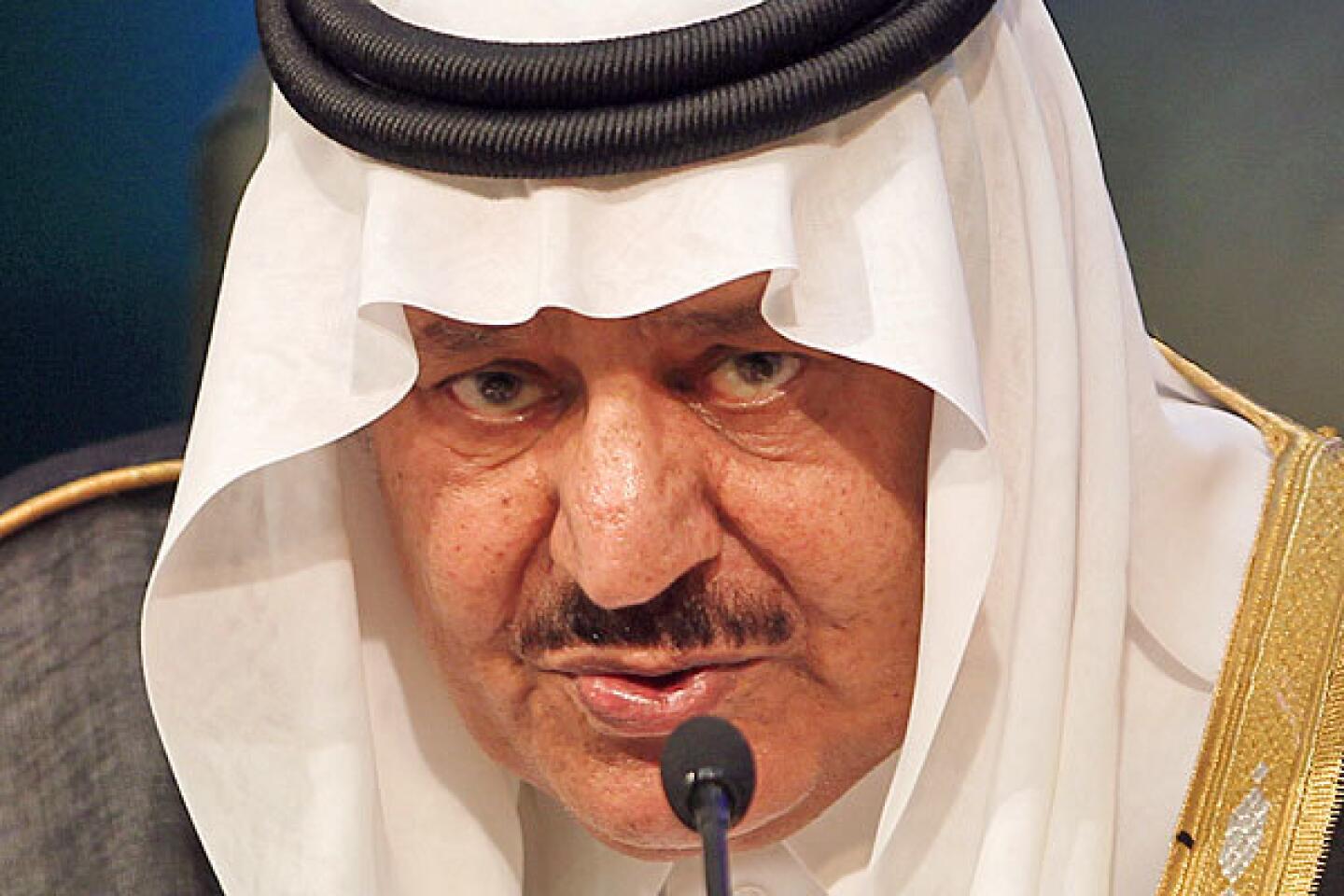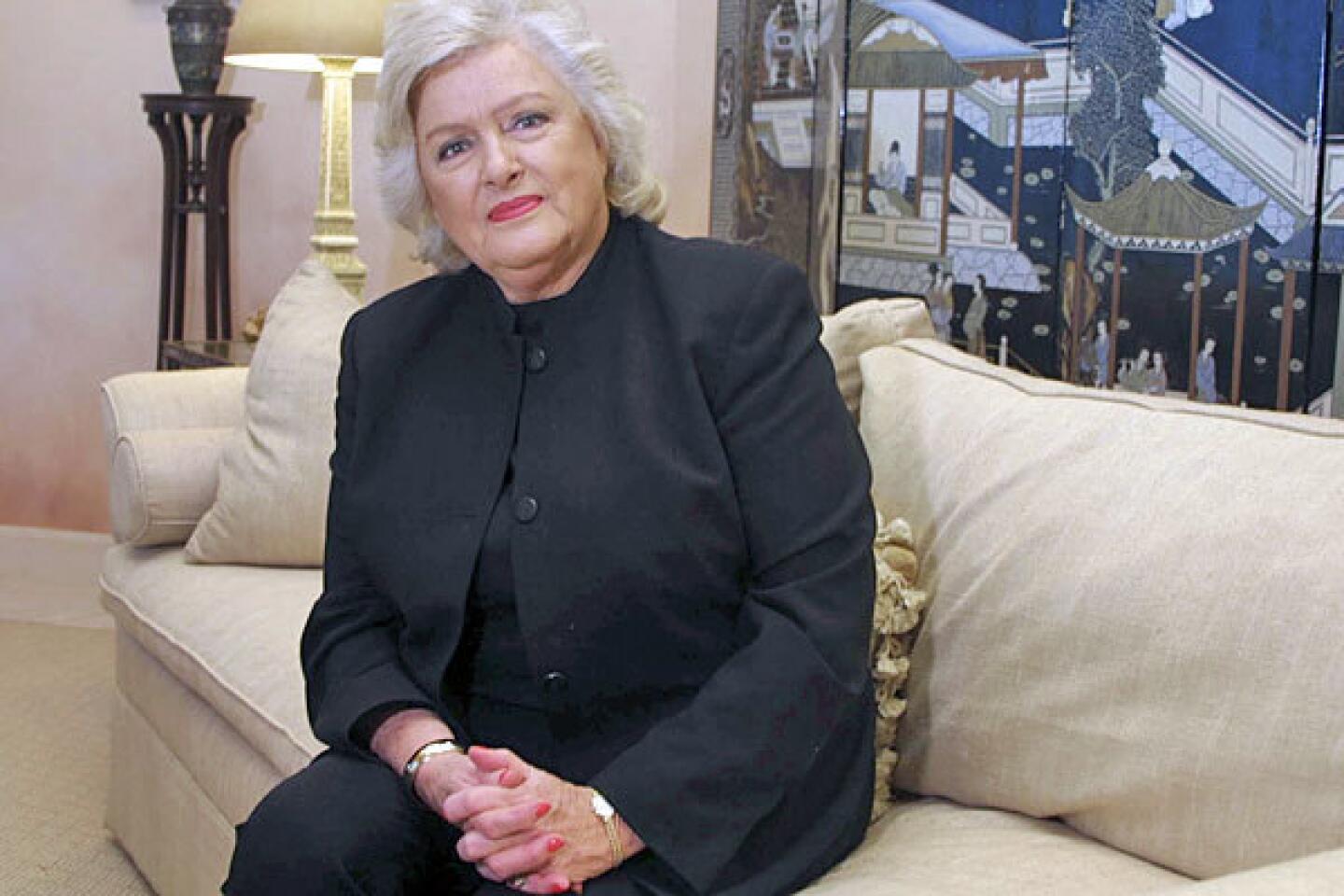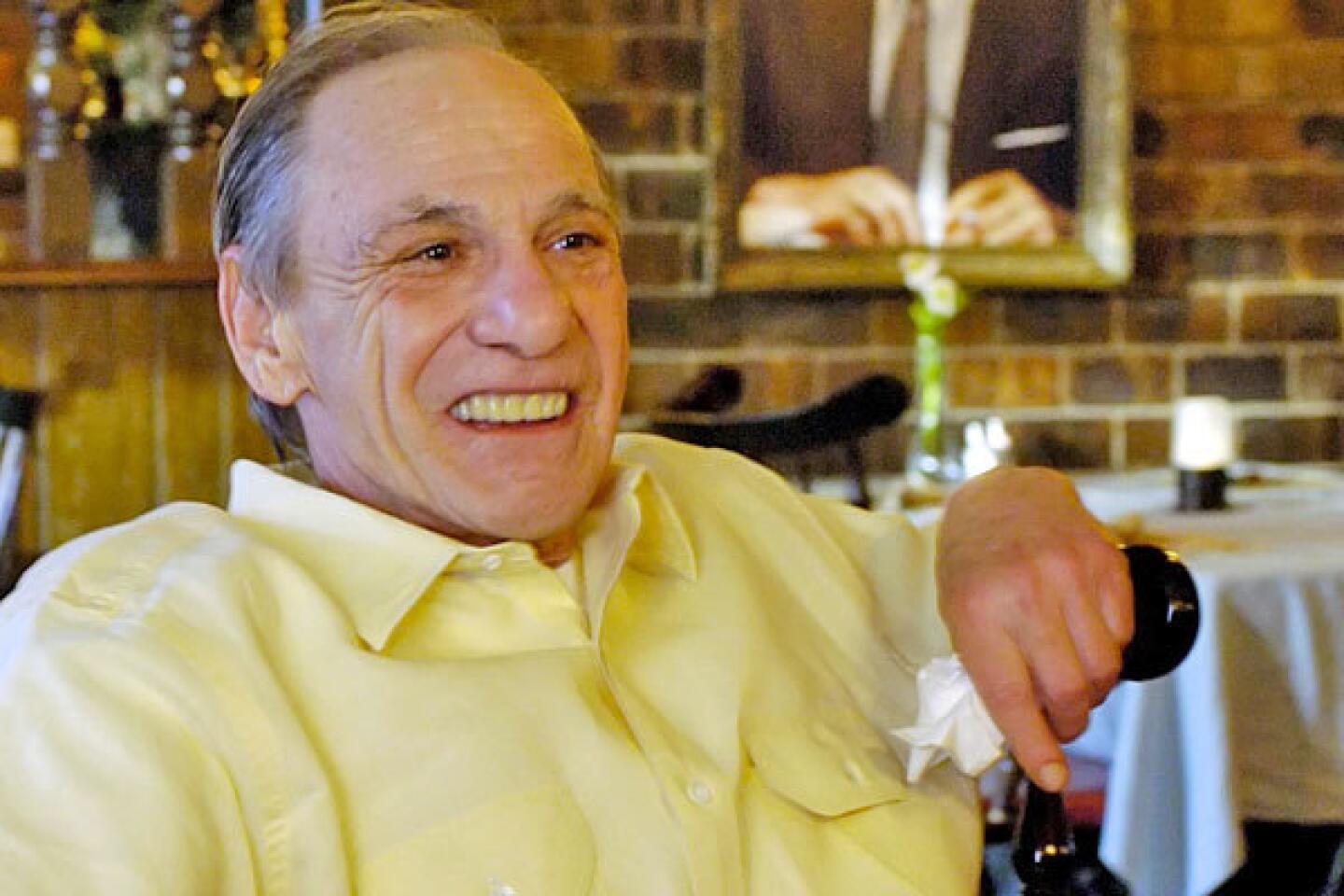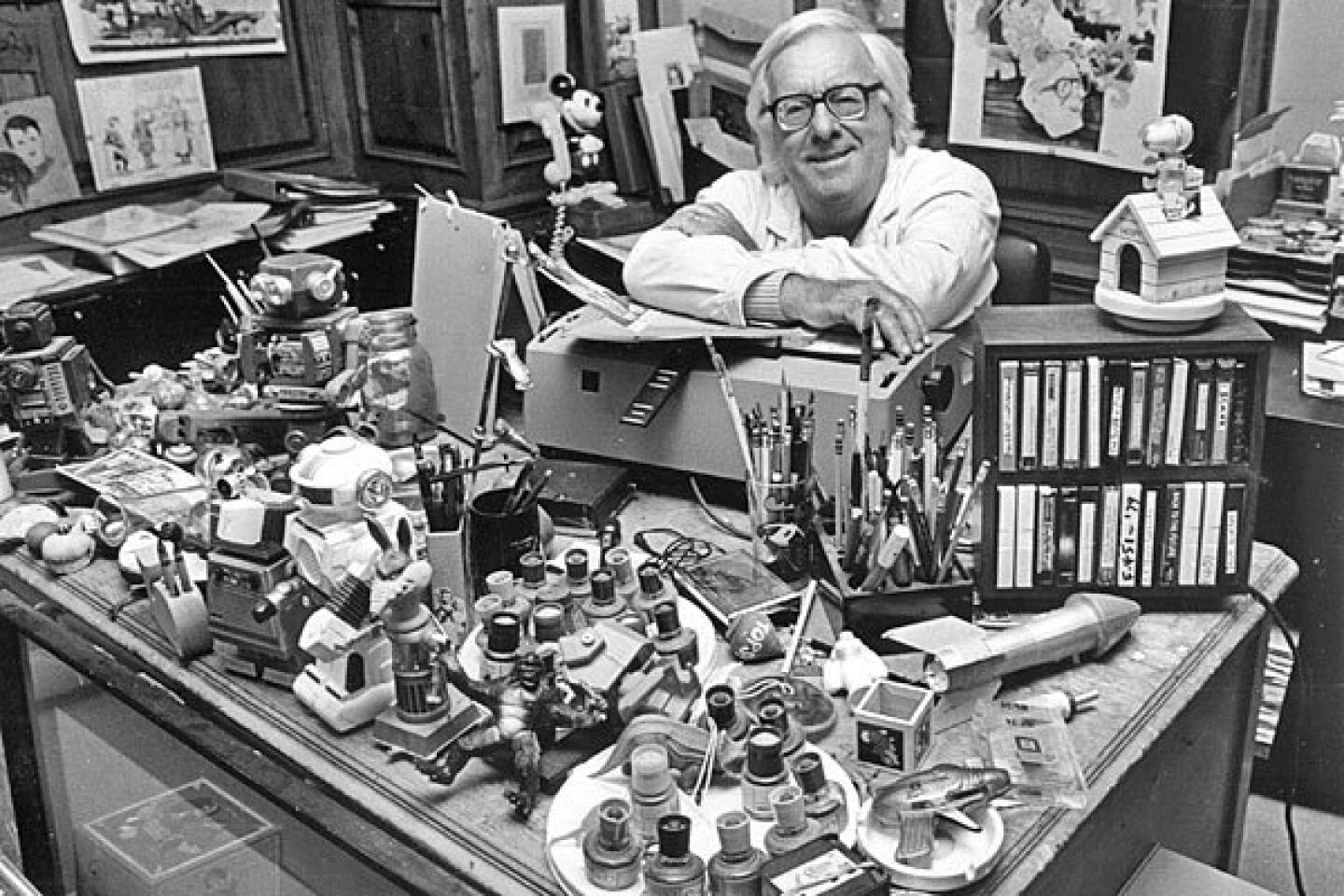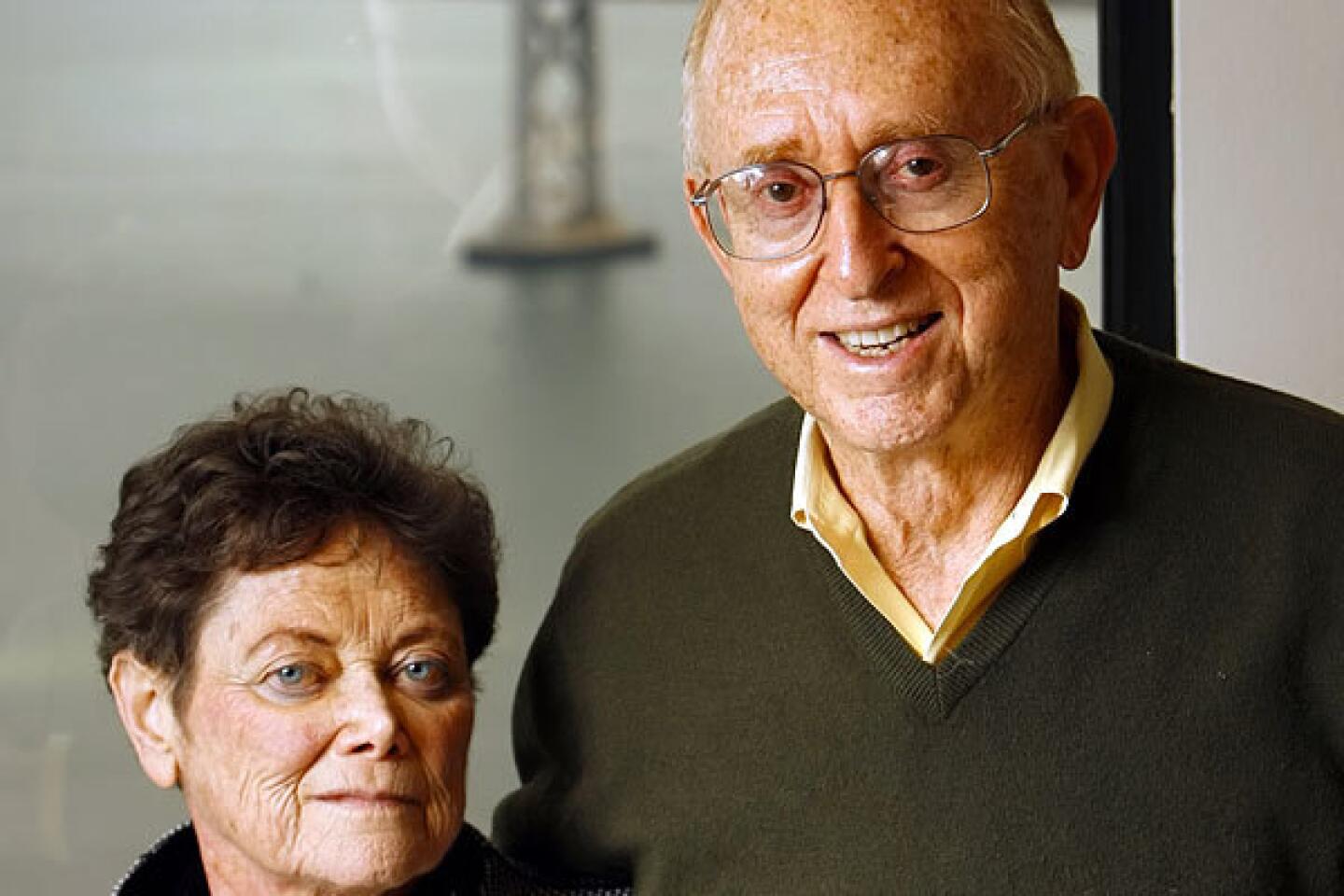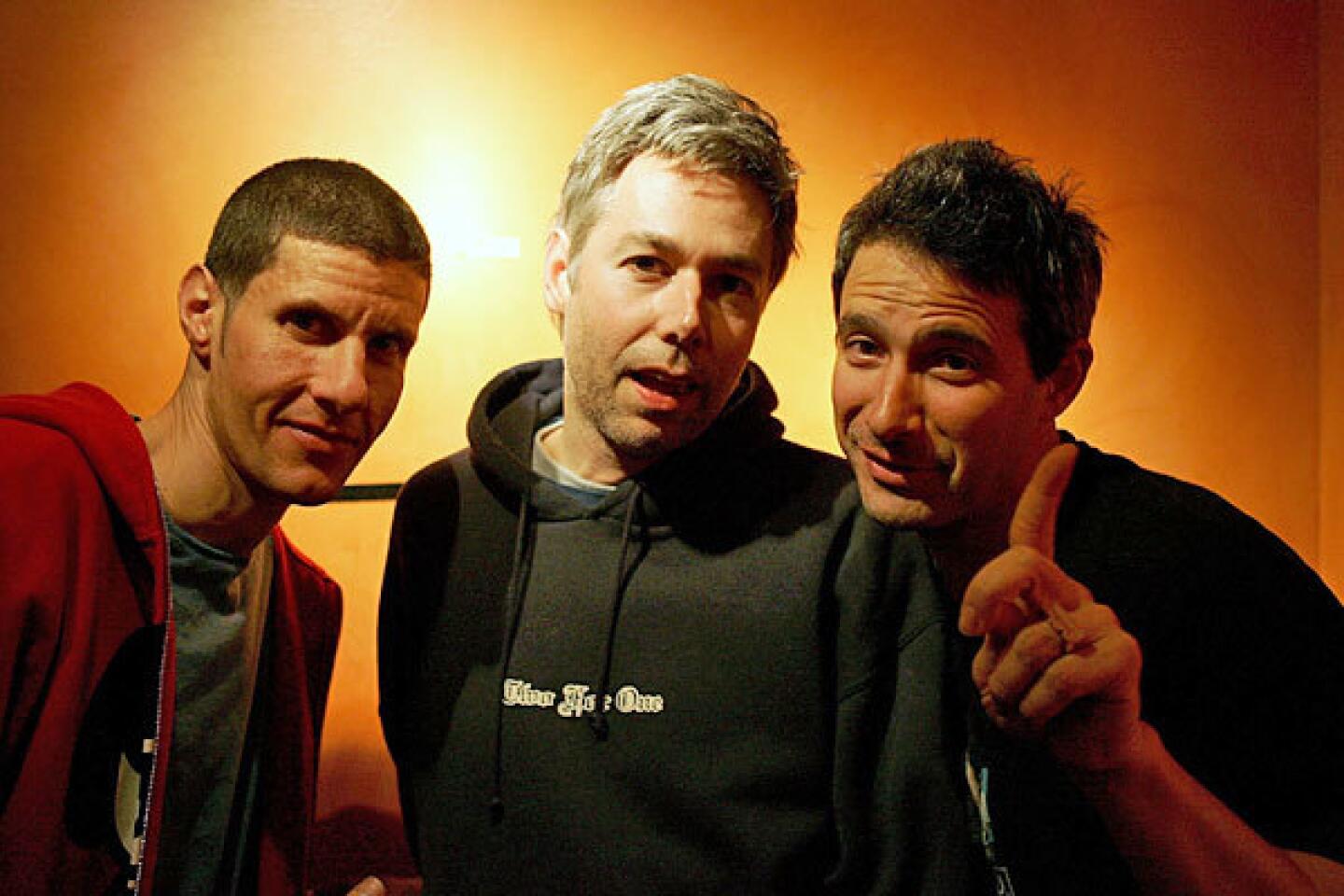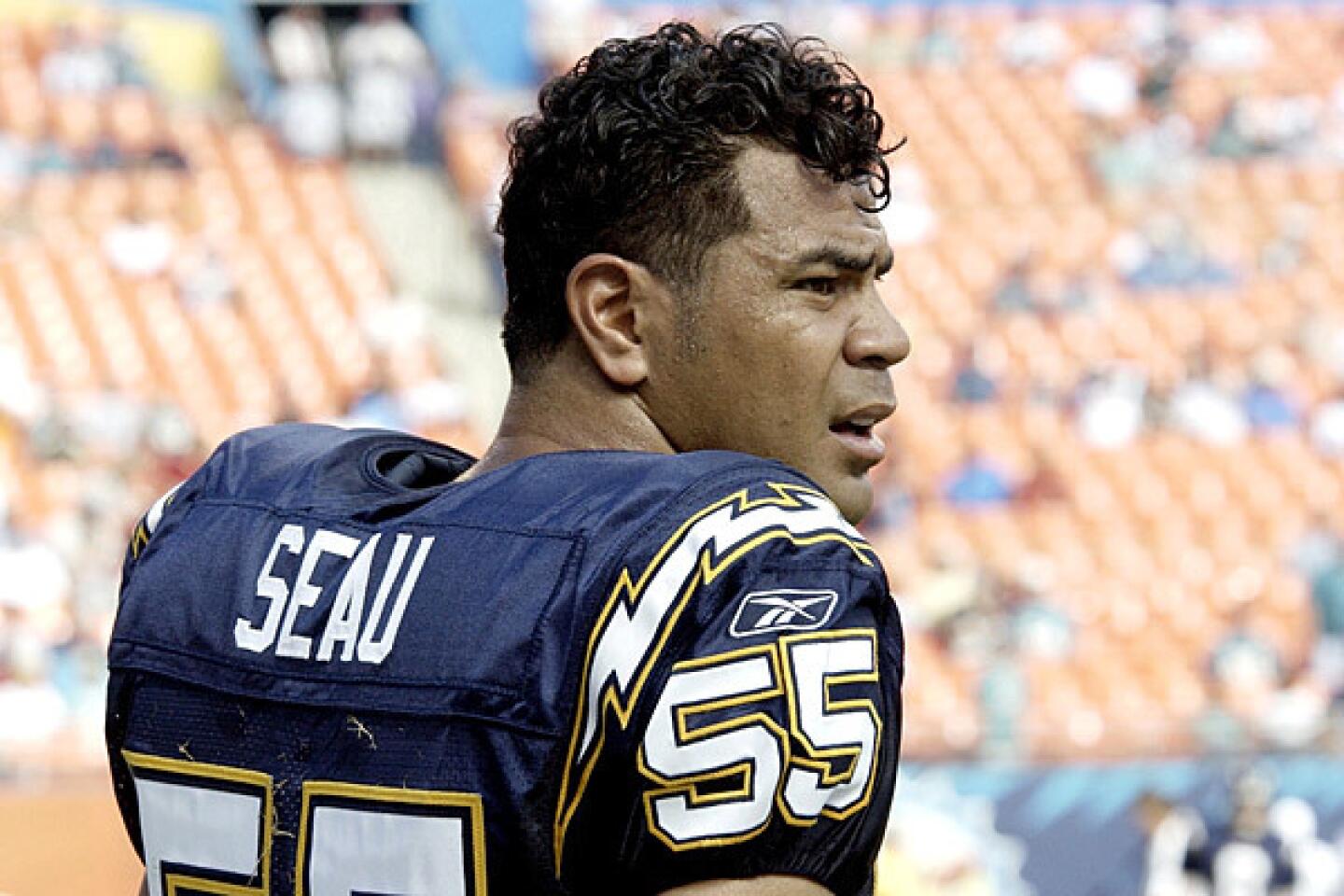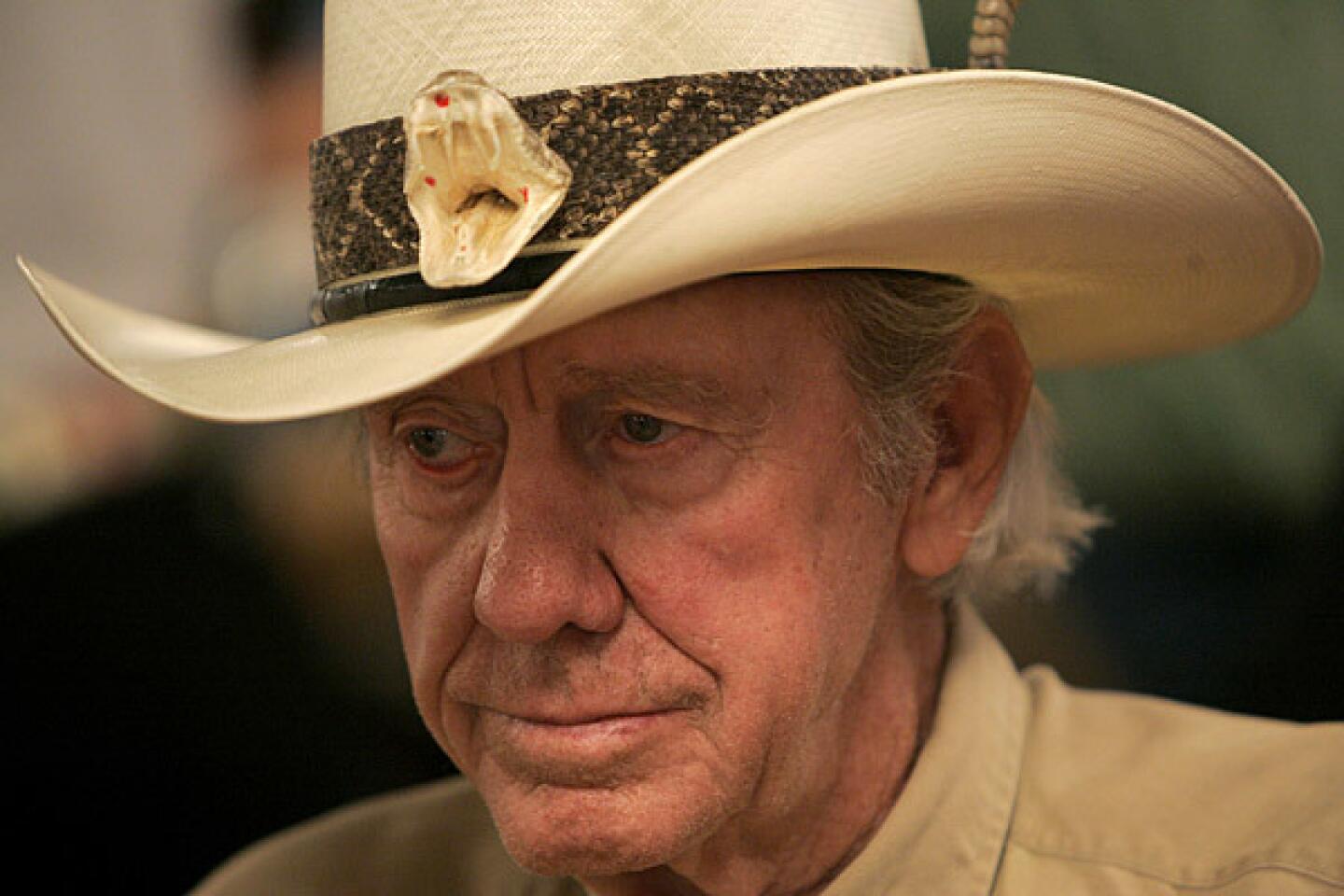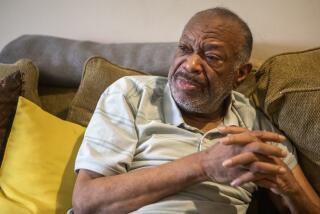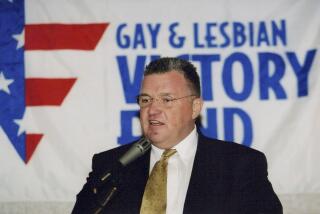‘Big Willie’ Robinson dies at 69; L.A. drag race organizer
“Big Willie” Robinson was a 6-foot-6, 300-pound former Los Angeles street racer, a gentle giant who promoted organized drag racing as a way to unite people of all races and classes and ease racial tensions.
“When you get around cars, man, there ain’t no colors, just engines,” he told The Times in 1981.
Willie Andrew Robinson III, 69, the founding president of the National and International Brotherhood of Street Racers that ran a drag strip on Terminal Island for many years, died Saturday of an infection that led to heart failure at Sharon Care Center in Los Angeles, said Bill Chaffin, a close friend.
A Louisiana native who moved to Los Angeles as a young man, Robinson was working at a body shop in 1962 when he bought a ’57 Olds and began street racing.
Drafted into the Army in 1964, he served with the Special Forces in Vietnam before returning to Los Angeles in 1966 and resuming street racing.
On Friday and Saturday nights, he’d join dozens of other young racers who gathered at a large parking lot on Crenshaw Boulevard before racing on various streets and commercial-area alleys.
“When he first went to the lot, he was just another racer, but everybody looked up to him because of his size, his knowledge of engines and racing,” said Paul Norwood, an executive vice president of the National and International Brotherhood of Street Racers.
“He could go up to two gang members from two different gangs who were ready to kill each other and have them put down their weapons. That’s just the kind of guy he was,” said Norwood.
“From that point, the Police Department could see that people were drawn to him. They pulled him aside and talked to him about organizing the racing so it could be done in a safe manner.”
After the 1965 Watts riots, Norwood said, “there was a lot of tension and the police thought this was a good way for the people to get rid of their anxiety and anger by allowing them to do this on weekends.”
To get better organized, Robinson called a meeting at which he, Norwood and four others launched what was originally called the L.A. County Street Racers.
The nonprofit organization assigned groups to block off streets for the races, set up the starting line and make sure spectators stayed on the curb. They also had paramedics on hand in case of an accident.
But their goal was to get the racing off the streets and onto a racetrack.
In 1974, the Brotherhood Raceway Park opened on an old Navy airfield on Terminal Island, for which the organization paid $1,000 a month in rent and charged $5 admission.
Los Angeles Mayor Tom Bradley was instrumental in getting the track opened.
“I think it’s a great idea,” Bradley told TV’s “Eyewitness Los Angeles” in 1977. “It provides not only an opportunity to give these youngsters an outlet, but it helps build brotherhood. They are built upon the theme of brotherhood through street racing.”
Robinson and his organization lost and regained their temporary lease on the Terminal Island property numerous times before it closed in 1984. In 1993, Robinson successfully persuaded the Los Angeles Harbor Commission to reopen the raceway, and it ran for two more years.
“He and I had the same idea: Teach kids to race at the track and not on the streets,” said Chaffin, a retired Los Angeles County sheriff’s deputy who met Robinson in 1994 as a racer.
“Every time that track was open, crime went down,” Chaffin said. “Pretty much all the cops knew [that] when Willie’s track is open, it definitely makes a difference.” And, he said, “virtually all the street racing stopped because now they had a place to go.”
After the Terminal Island property was leased to another tenant in 1995, Chaffin said, he worked with Robinson over the next 10 years in making ultimately unsuccessful presentations to the Harbor Commission, at the mayor’s office and in other cities, “trying to convince them to allow us to open another track.”
Born in New Orleans on Sept. 12, 1942, Robinson spent a year at Louisiana State University before moving to Los Angeles to attend UCLA. When his money was cut off after a couple of months when his parents separated, he went to work — and bought his ’57 Olds.
A body builder, Robinson placed sixth in the tall class in the Amateur Athletic Union’s Mr. America contest in 1976.
During his drag-racing heyday, Robinson drove a Dodge Charger Daytona nicknamed “King Daytona.” And his wife, Tomiko, drove a Charger dubbed “Queen Daytona.”
Robinson, whose wife died in 2007, is survived by his mother, Lula Mae Simmons; a sister, Jean Davis; and a brother, Don Ray Robinson.
A private funeral will be held for the family, and a public memorial service is pending.
More to Read
Start your day right
Sign up for Essential California for the L.A. Times biggest news, features and recommendations in your inbox six days a week.
You may occasionally receive promotional content from the Los Angeles Times.


